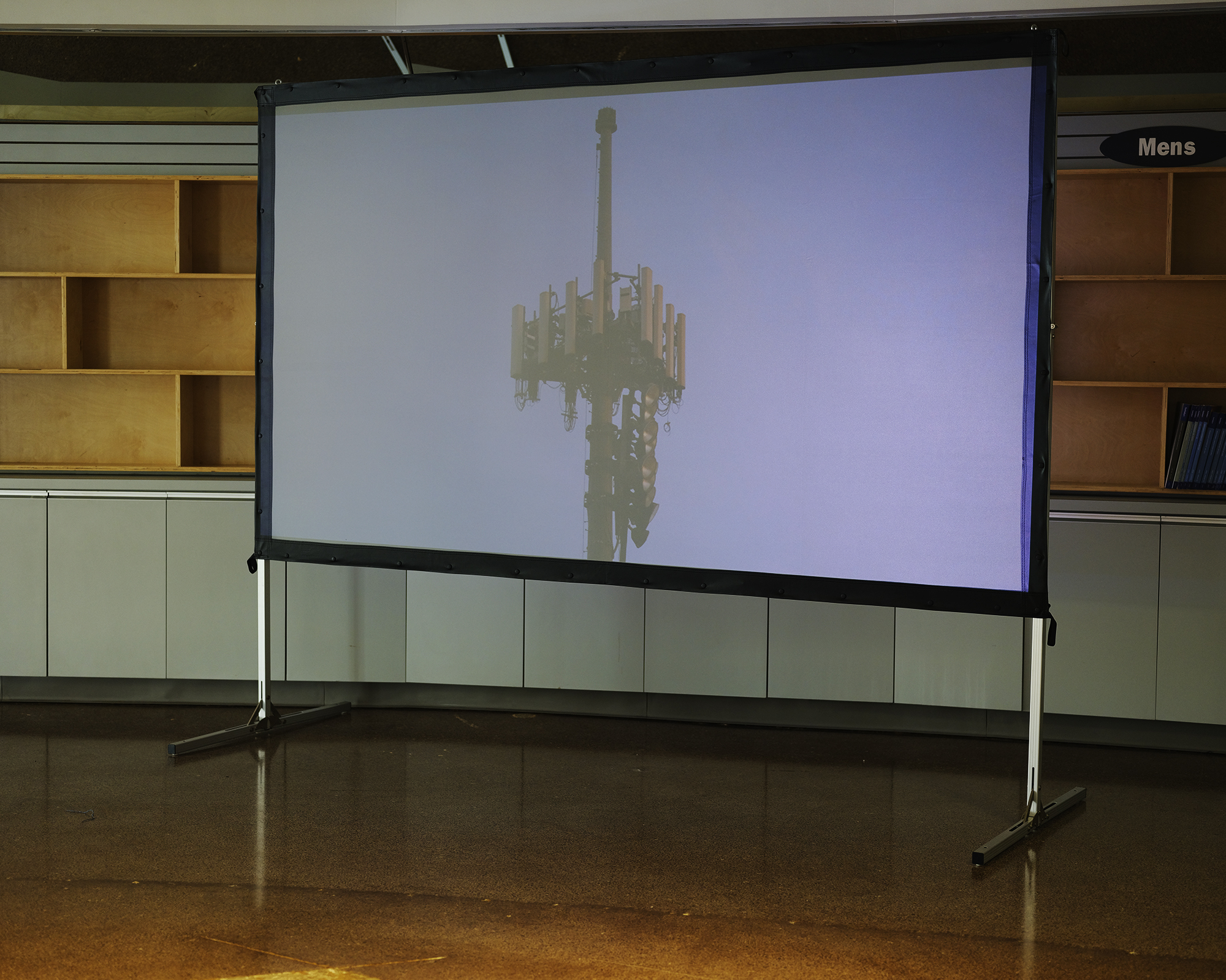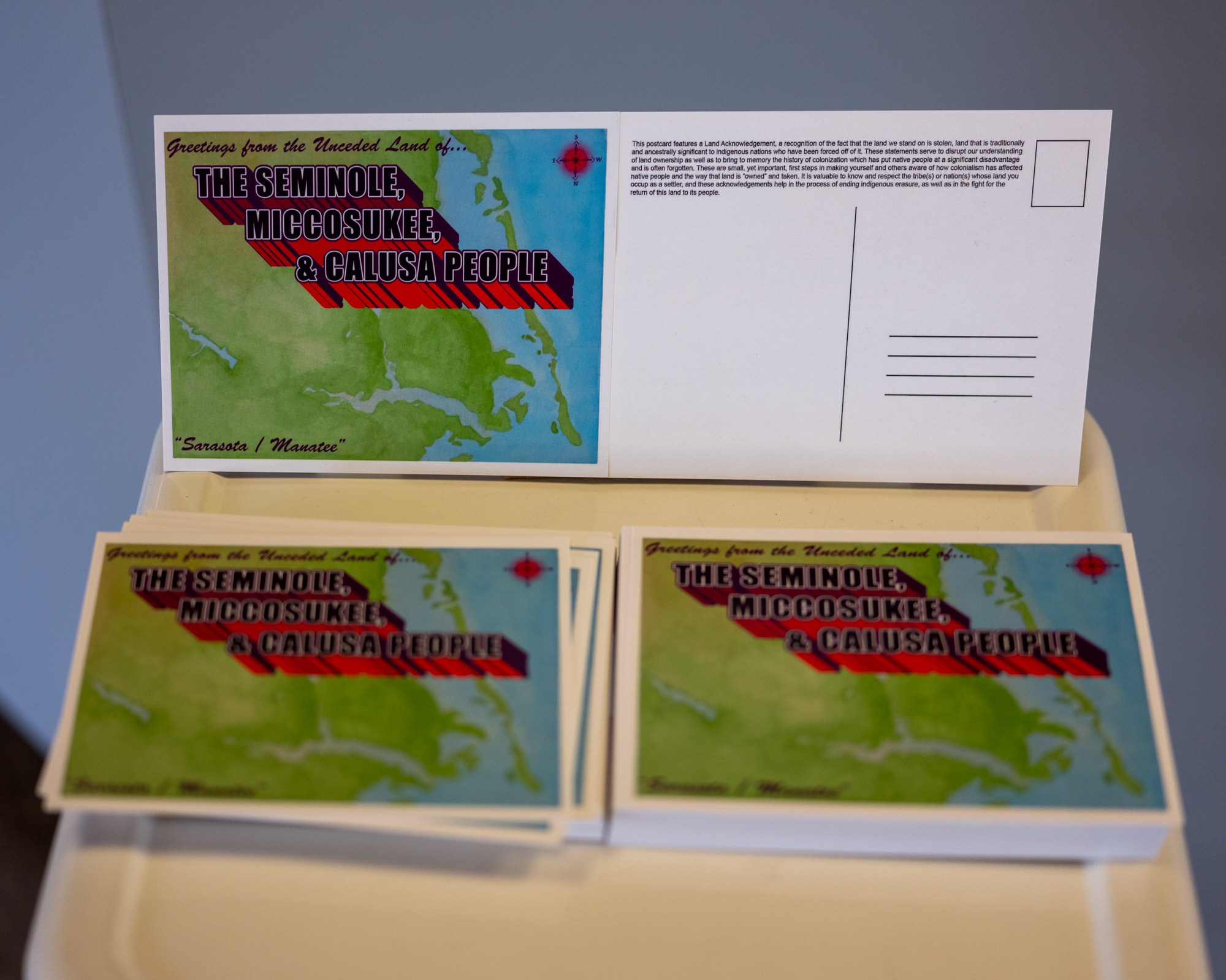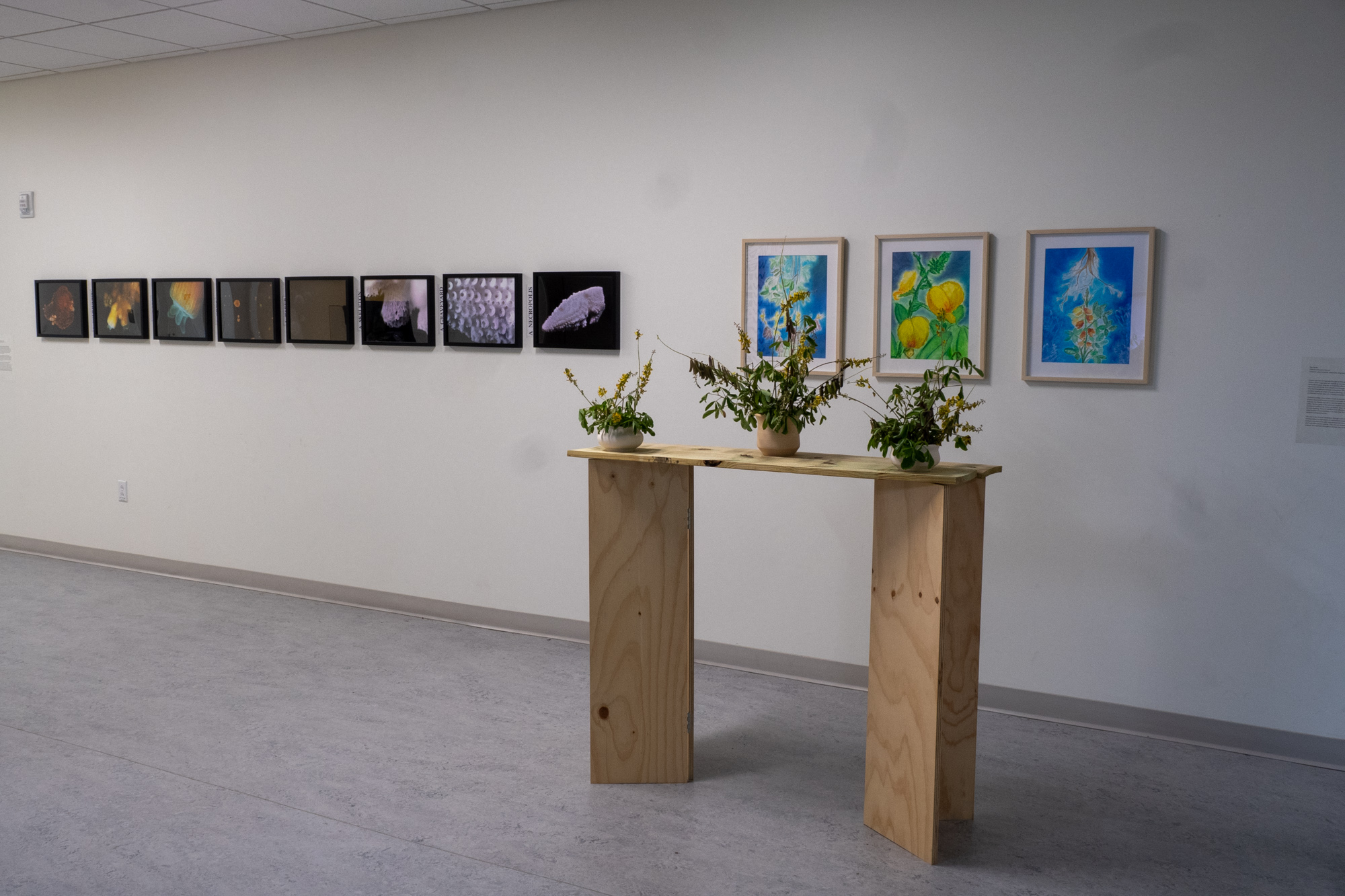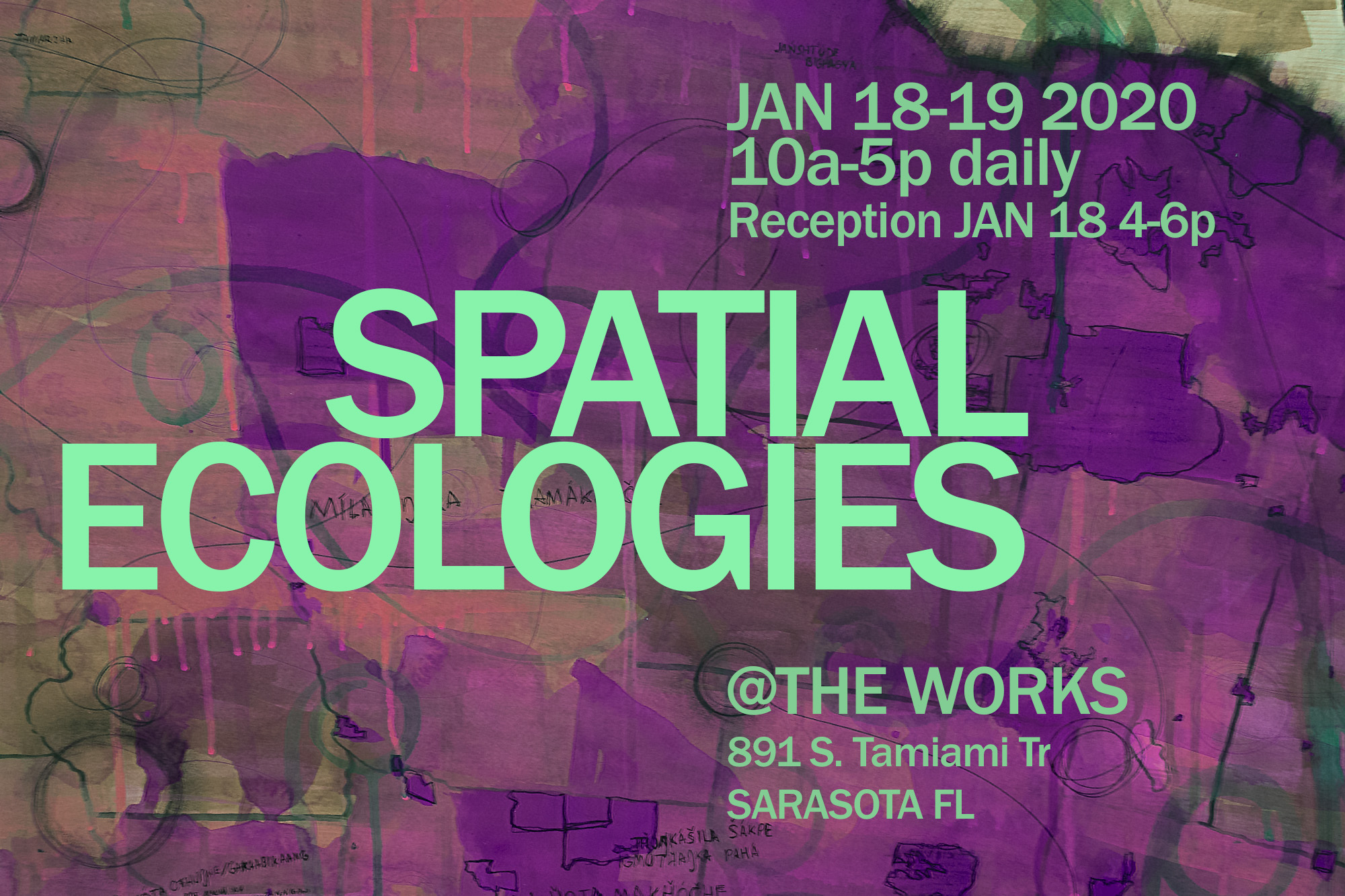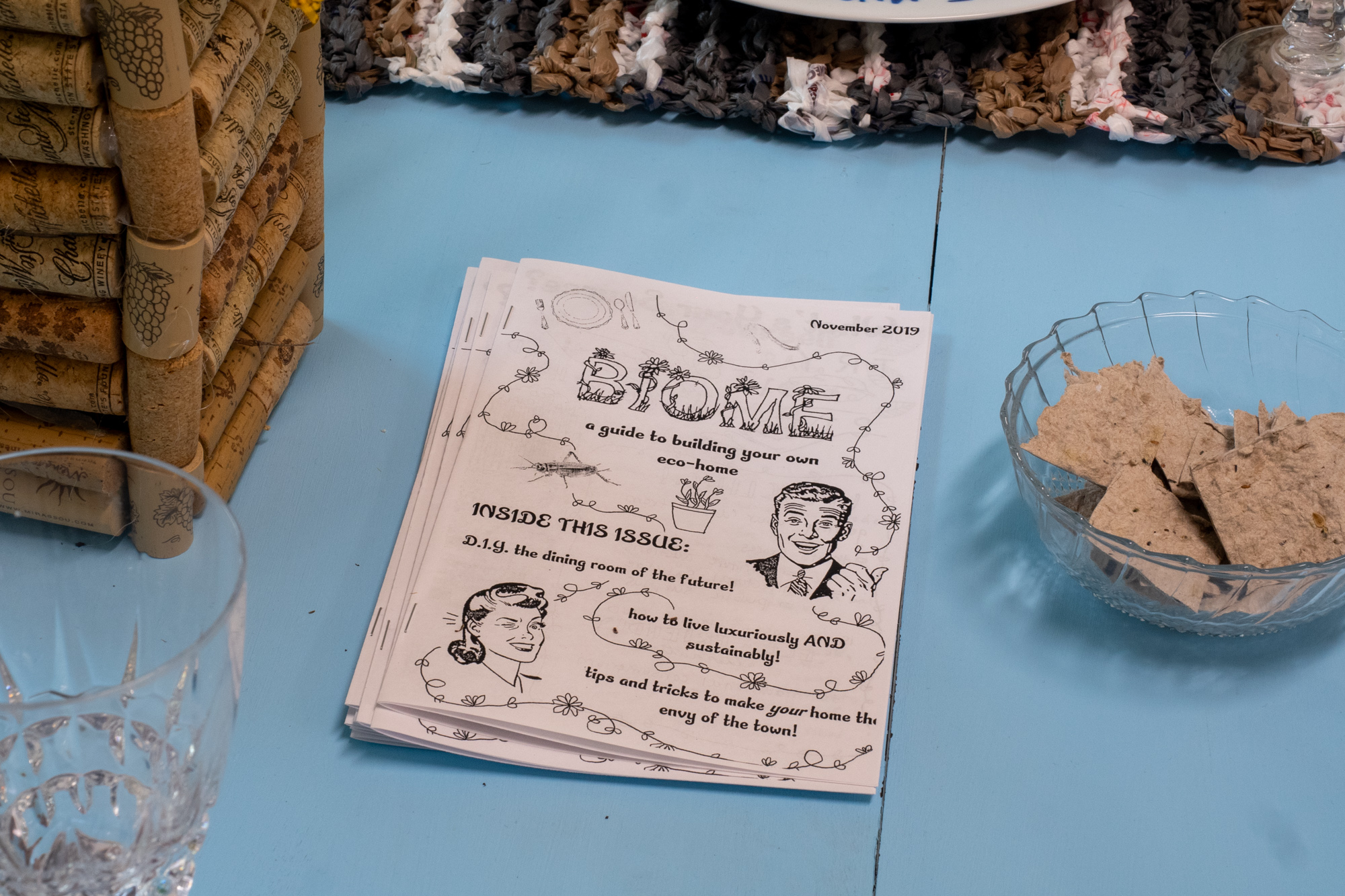BERLIN
Study Abroad: Portable Islands, University of Florida 2012/2013A study abroad course for both art majors and non-majors, allowing participants to explore an experimental approach to image making and photography. This class addressed the idea of “location” as an ecological state, described by contingencies, boundaries and thresholds, whether philosophical, topographic, visual, political, etc. It considered photographs as technological interfaces that promote portability and enable a means of cultural penetration (market, political, experiential) by the user. Using some of the relatively recent history in Berlin, we used photography to approach an ecological idea of the ‘individual’ and the (photographic) technologies that begin to produce ‘portable’ narratives of individual and collective action.
Ultimately, this class worked to develop a practice that uses photographs as active (or experimental) interfaces into the world, allowing us to respond to location, and perhaps the historical thresholds of location, in dynamic and forceful ways.
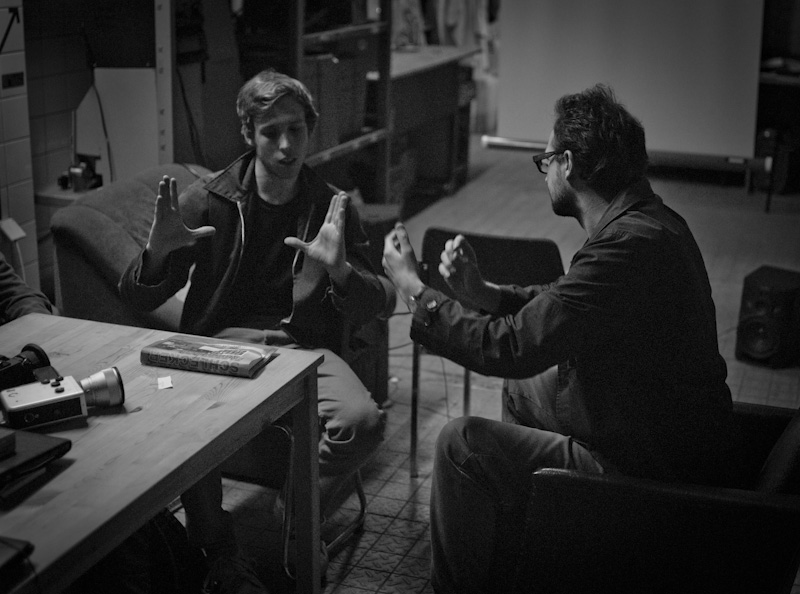
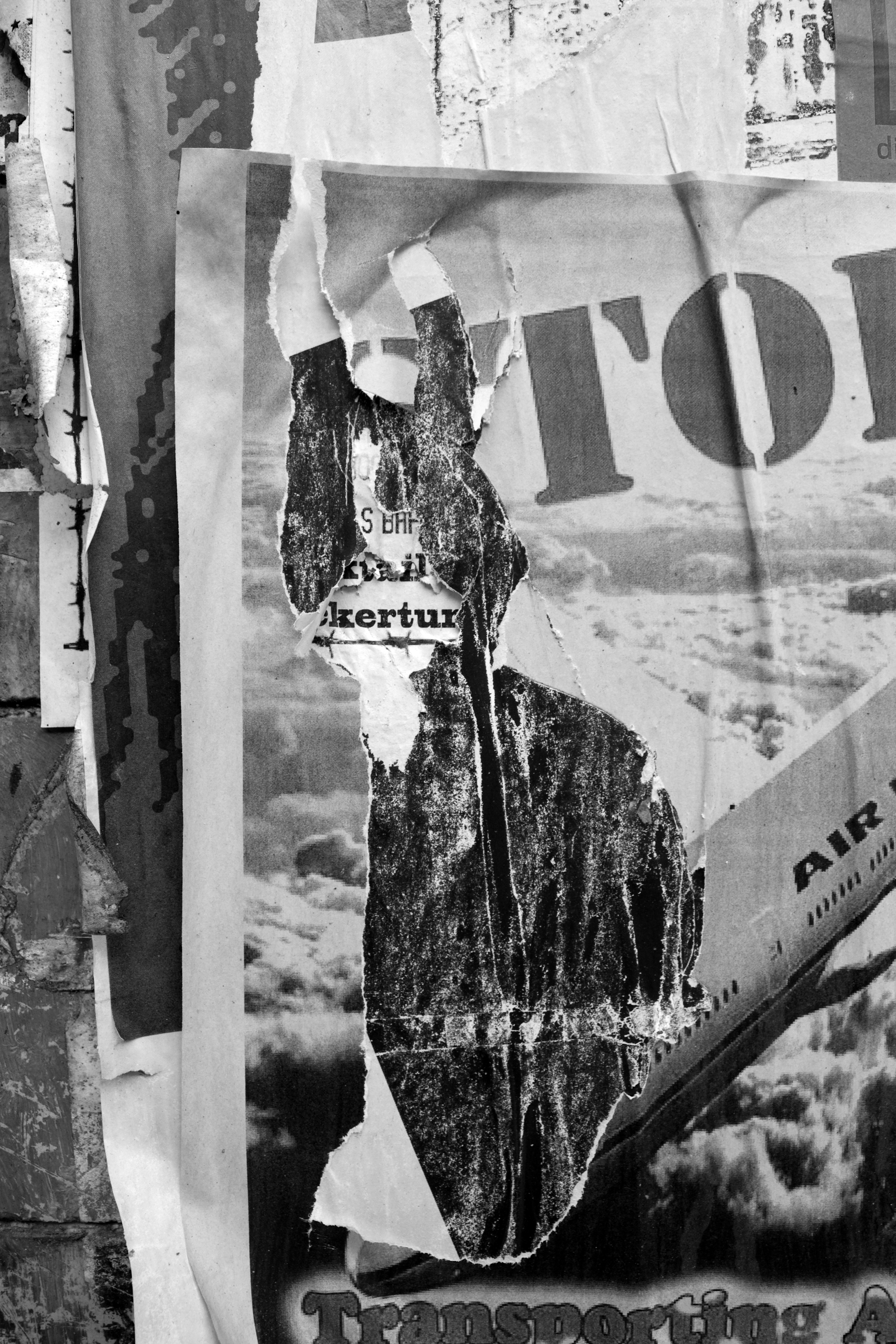

DOCUMENTA+
VENICE
Study Abroad: Borderless Pavilion, New Mexico State University, 2017In collaboration with rhetoric faculty Anthony Stagliano, art students visited Documenta and the Venice Biennale, and then produced a ‘state-less’ and nomadic pavilion which was installed the following semester in Las Cruces, New Mexico. This work addressed current issues in contemporary art, installation art, and photography intersecting with politics and rhetoric.
RADIANT COMMUNITIES
Folded Island digital film, 2022. 2k/4k / 1.90 / 15 min
Island Library digital film installation, 2022. 2k / 1.33 / 20 min
The art and ecology teaching project, Radiant Communities, asks the question “How do we collectively imagine a multi-species, collaborative future for the communities of Sarasota?
Under the direction of filmmaker Wes Kline and ecologist Dr. Emily Heffernan, volunteer non-professional participants imagined that they were an isolated future community living on Tidy Island, an island located in the north of Sarasota Bay, and produced dynamic and interactive images of their own community through movements that embodied community interactions, enabling participants to picture and embody the structures that would make their communities vibrant and connected. The result is an ecstatic interplay of participatory subjectivities and gestures, forming an island of ritualized ecological conjuring.
Two films were produced out of the project. The first was Folded Island, an experimental participatory film that used choreography and movement to engage with ecological relations and the “place” of Tidy Island itself. The second is an accompanying installation film titled Island Library.
Island Library compiles texts chosen by the project participants that develop historical, literary and cultural concepts about “community” such as utopia, presence, exchange and ecology. This created a kind of temporal ‘library’ for their temporary community, and a series of exchanges involving speaking and listening. Each text is read by the community member who chose it.
Radiant Communities is funded by a grant from the Andrew W. Mellon Foundation.
Password: island
Password: island
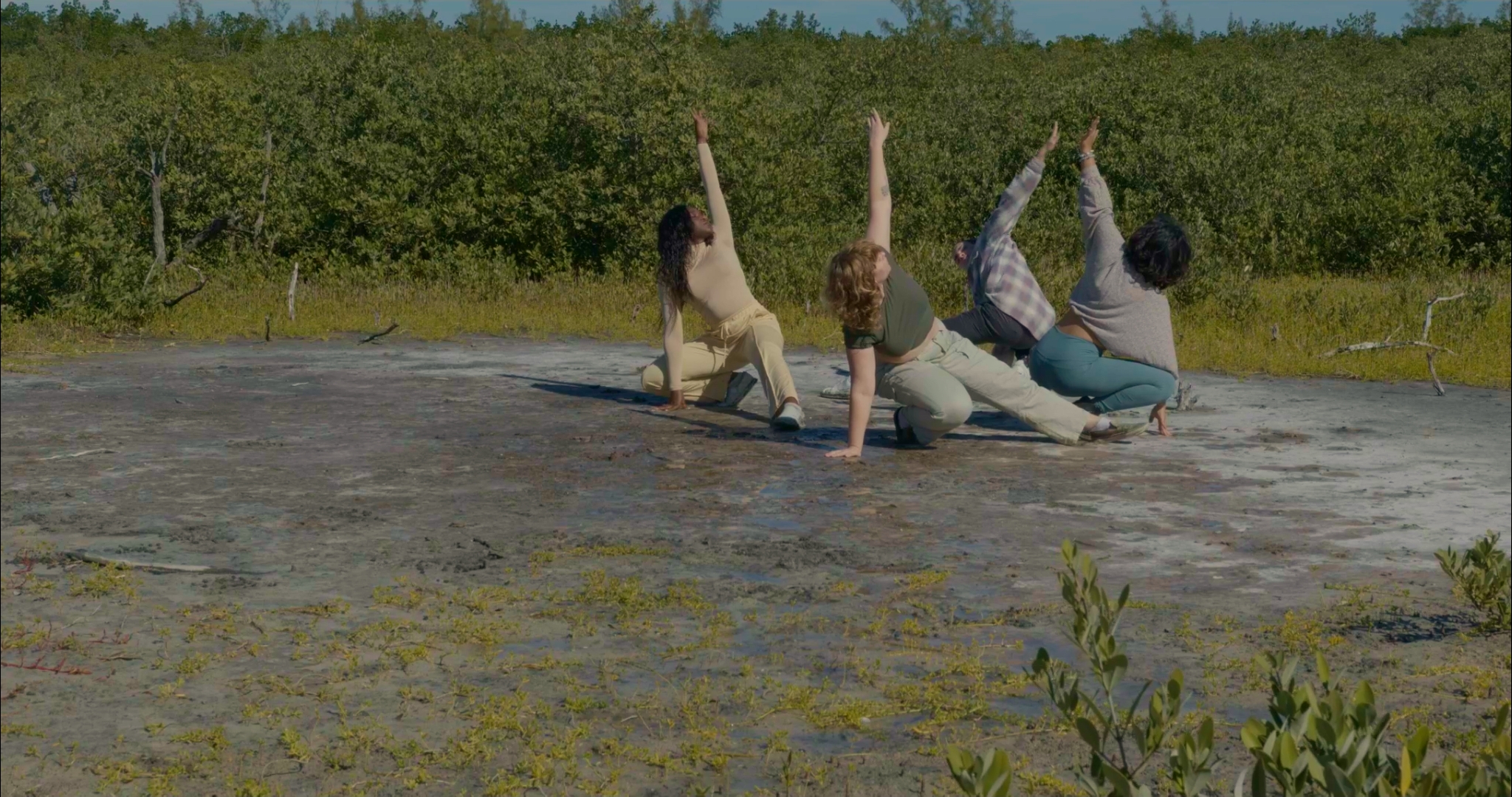
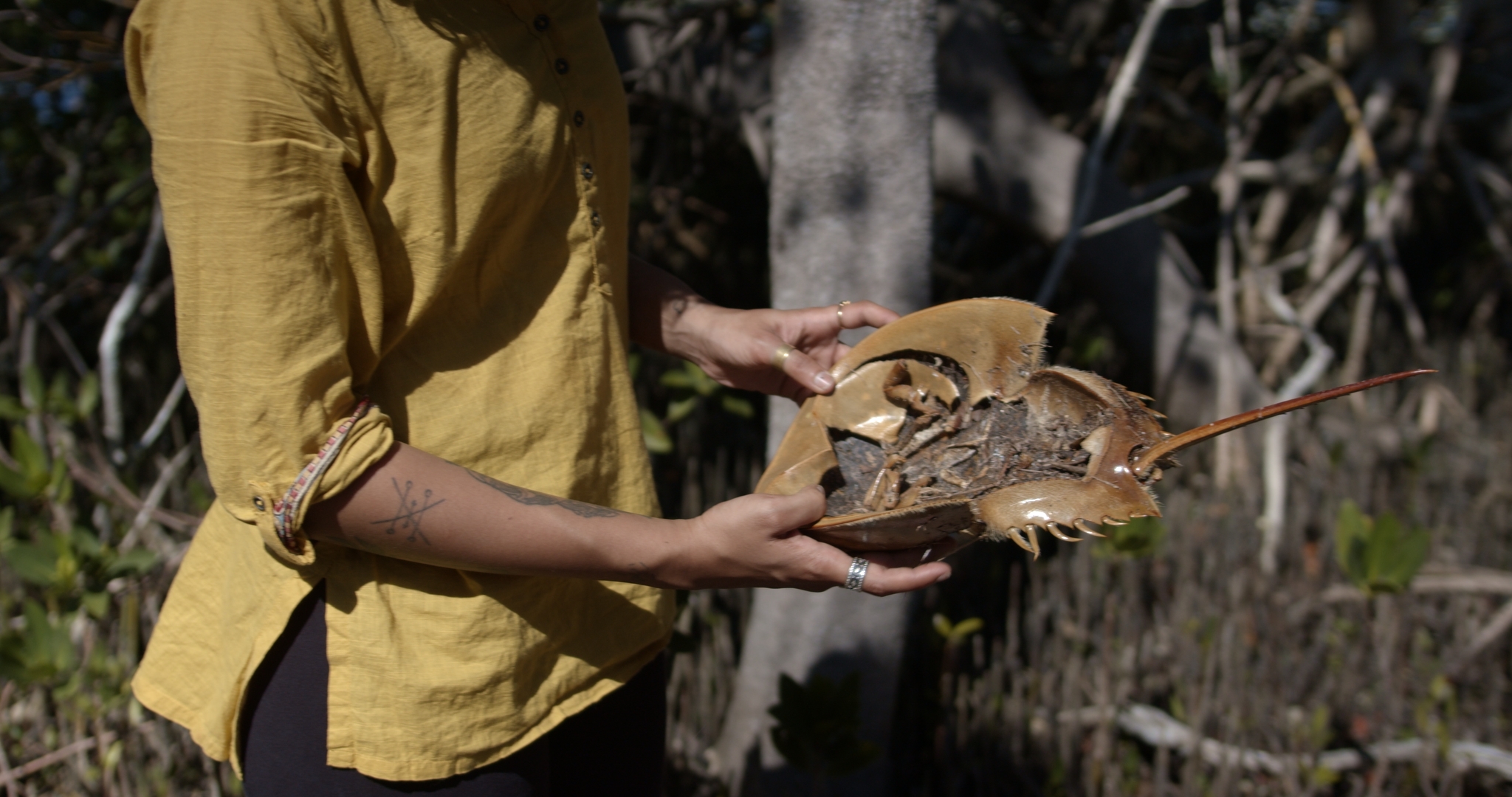
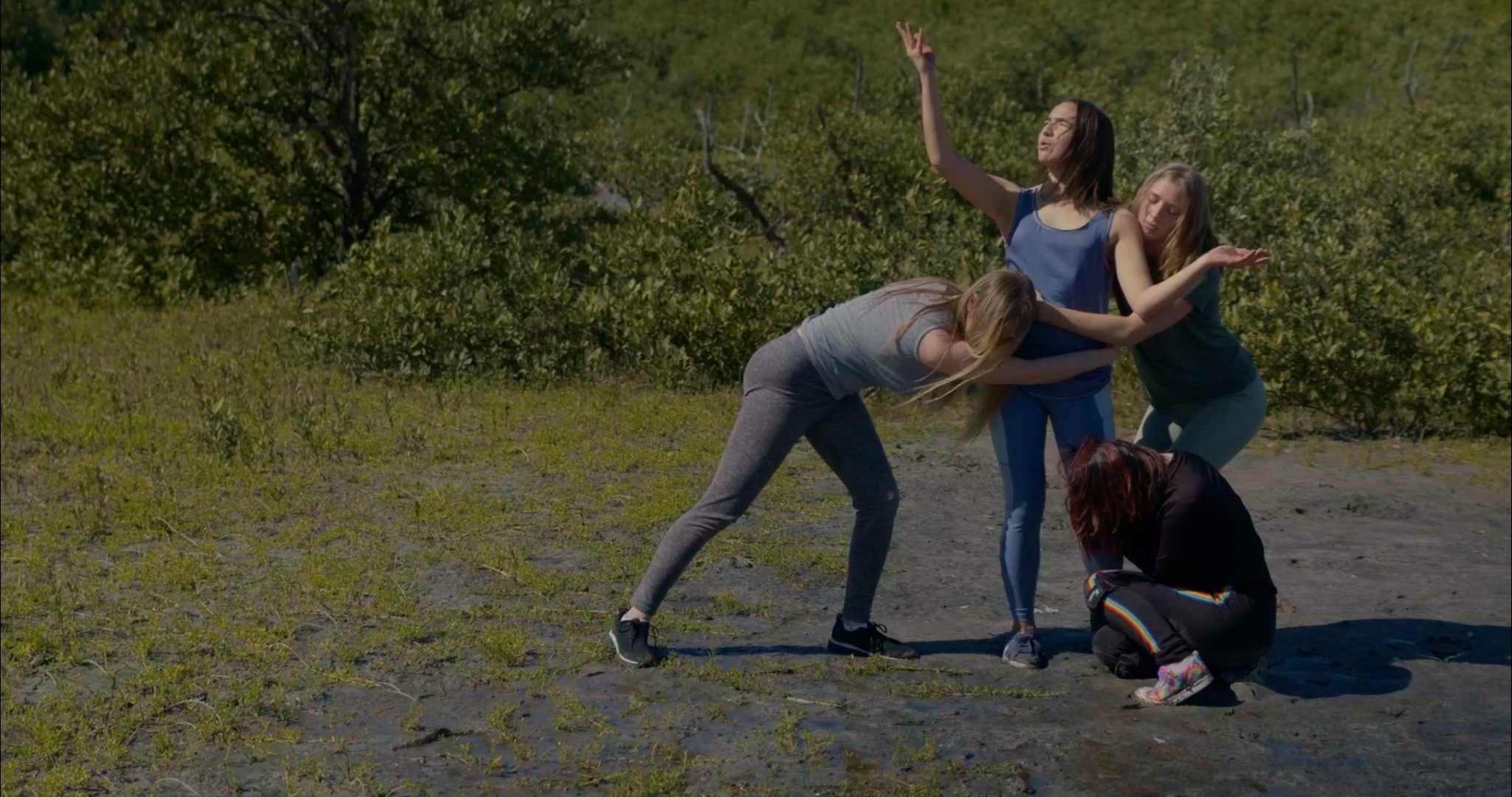

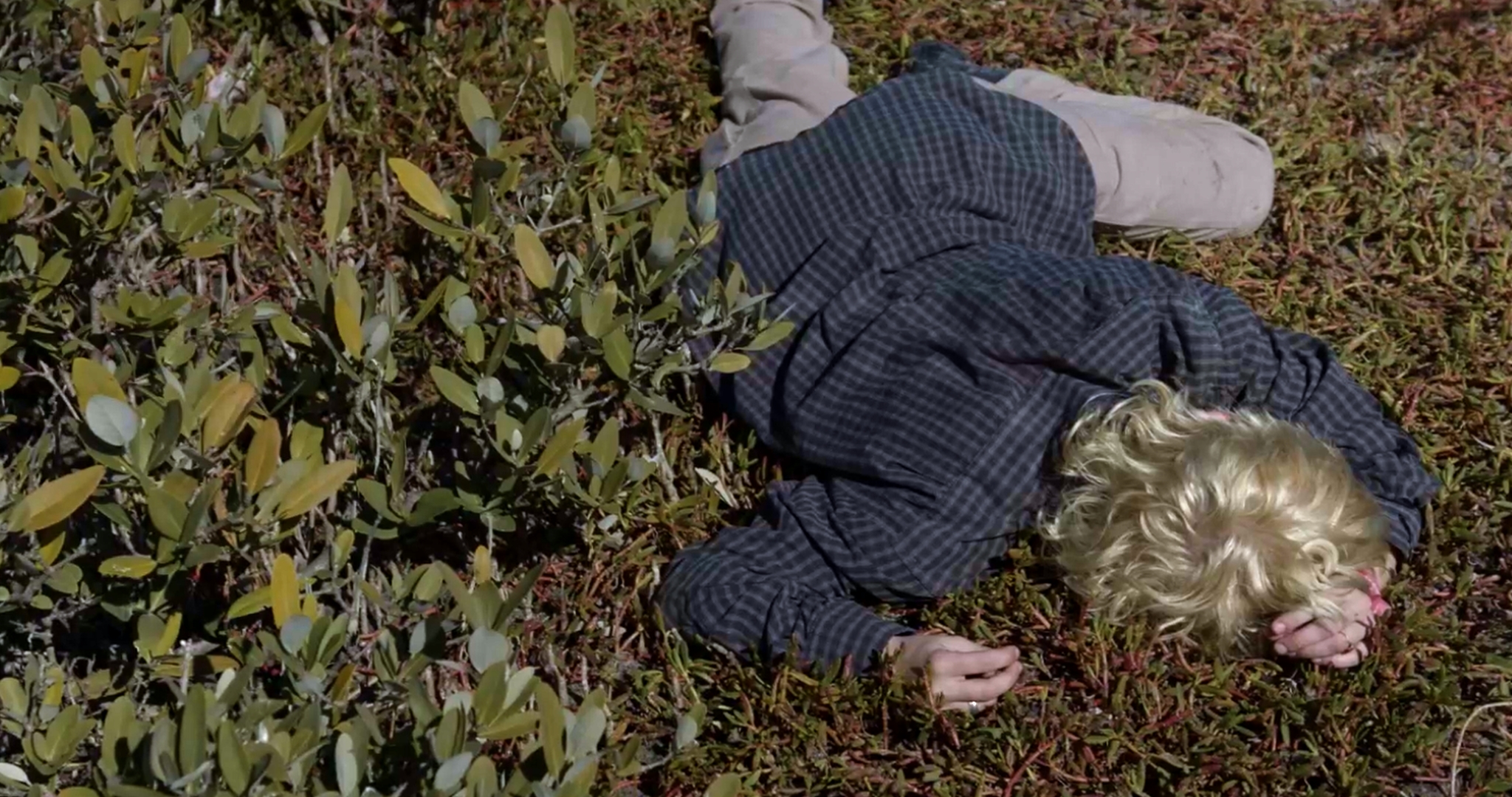

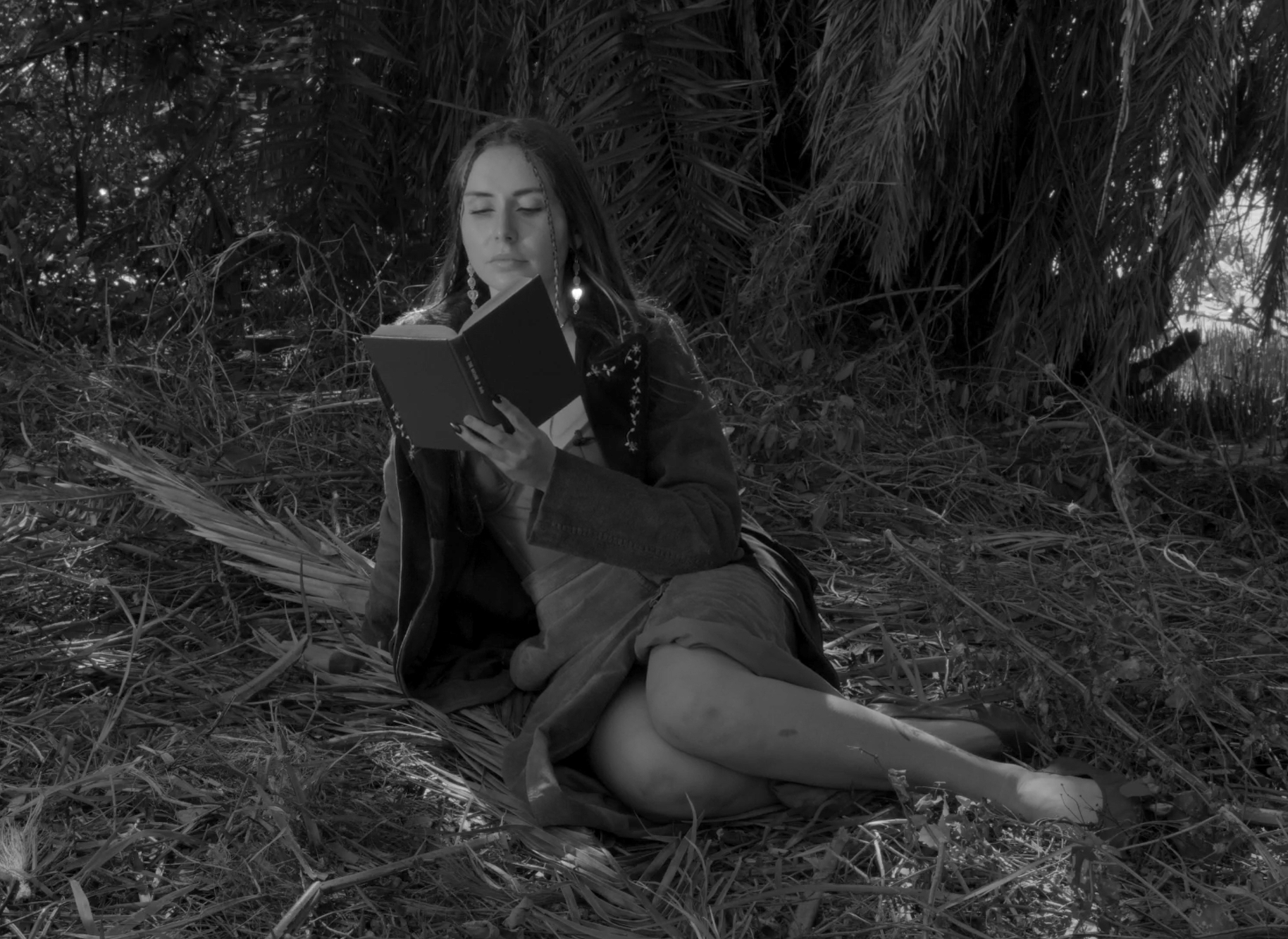
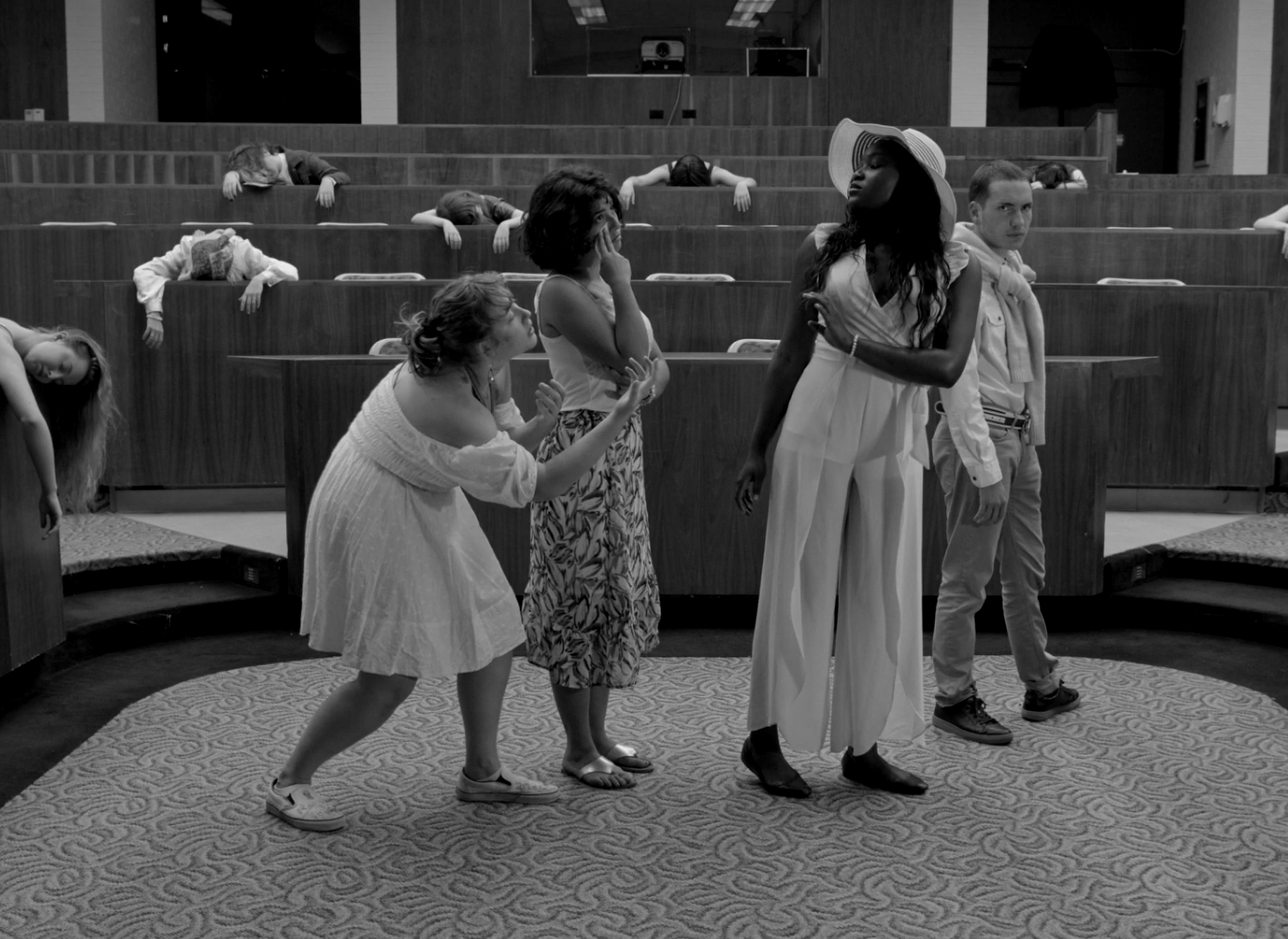
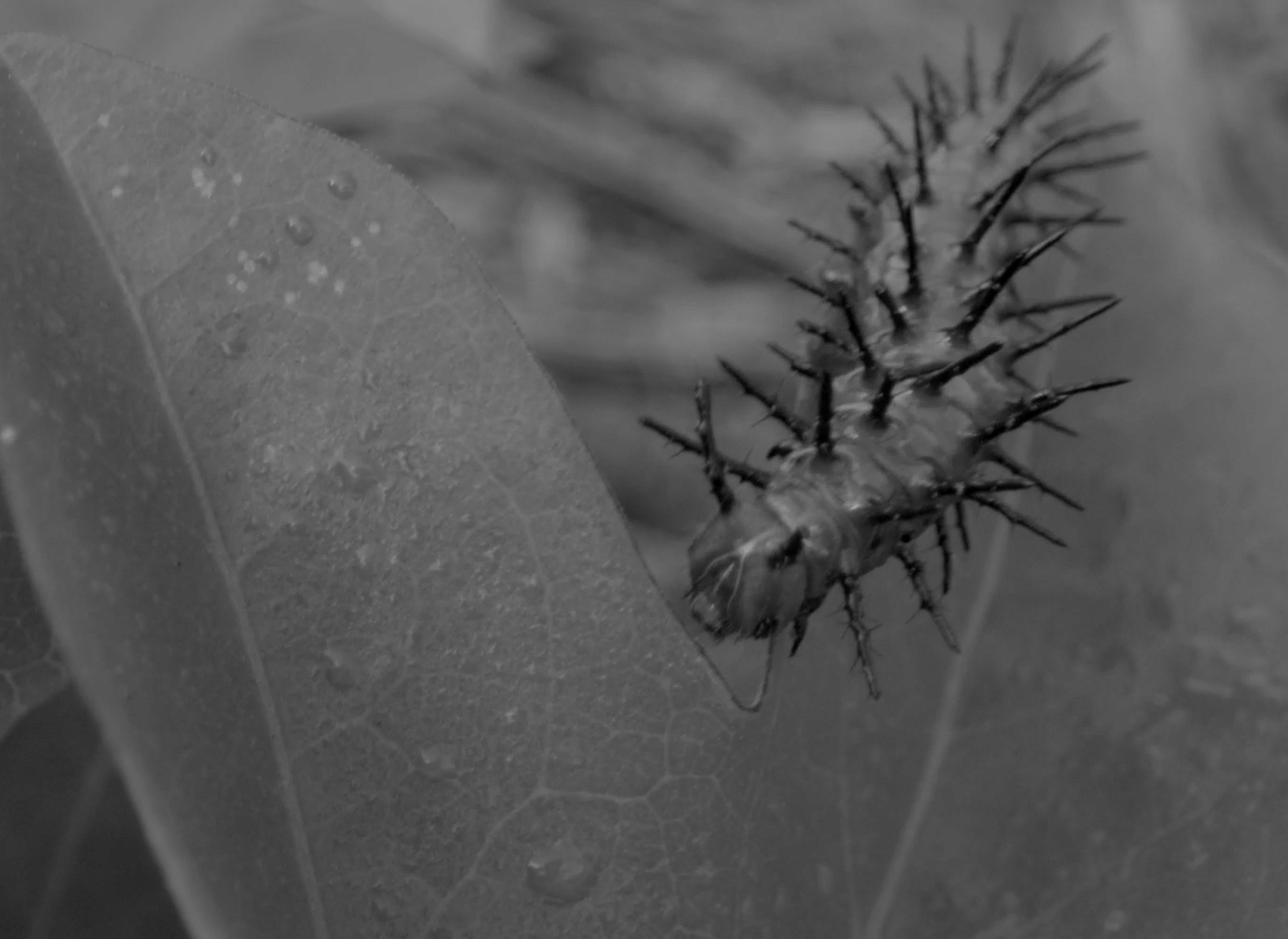
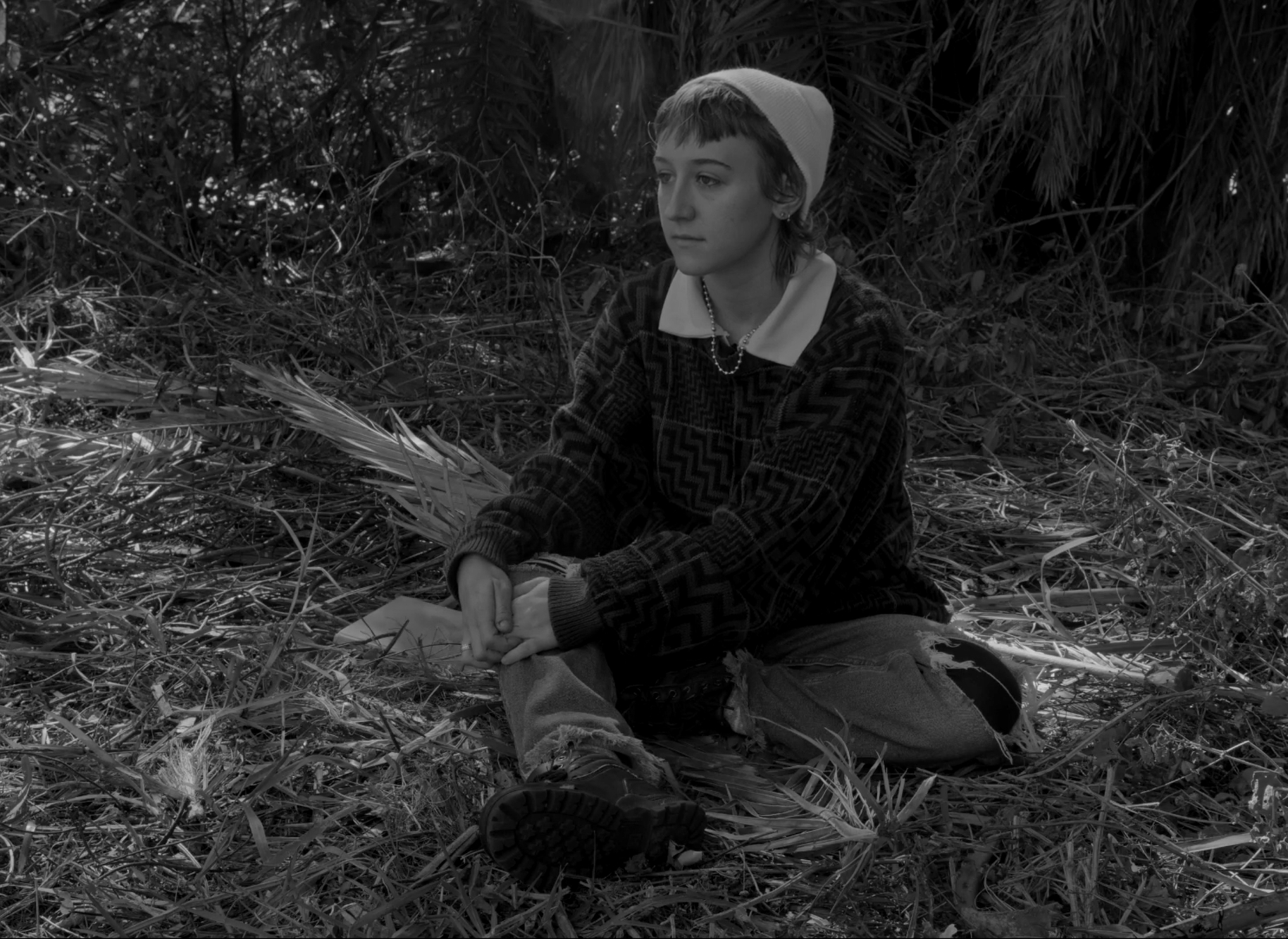
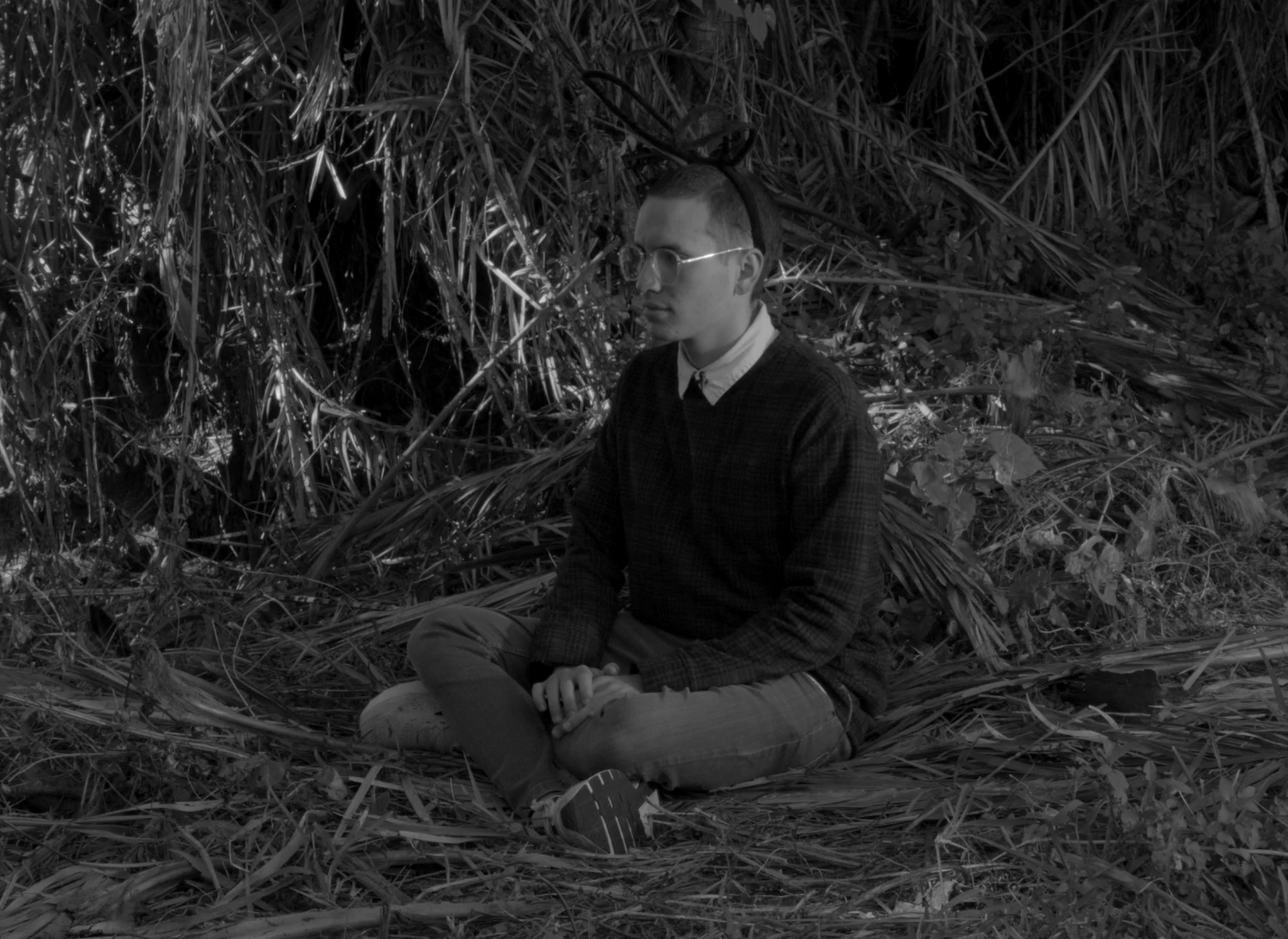


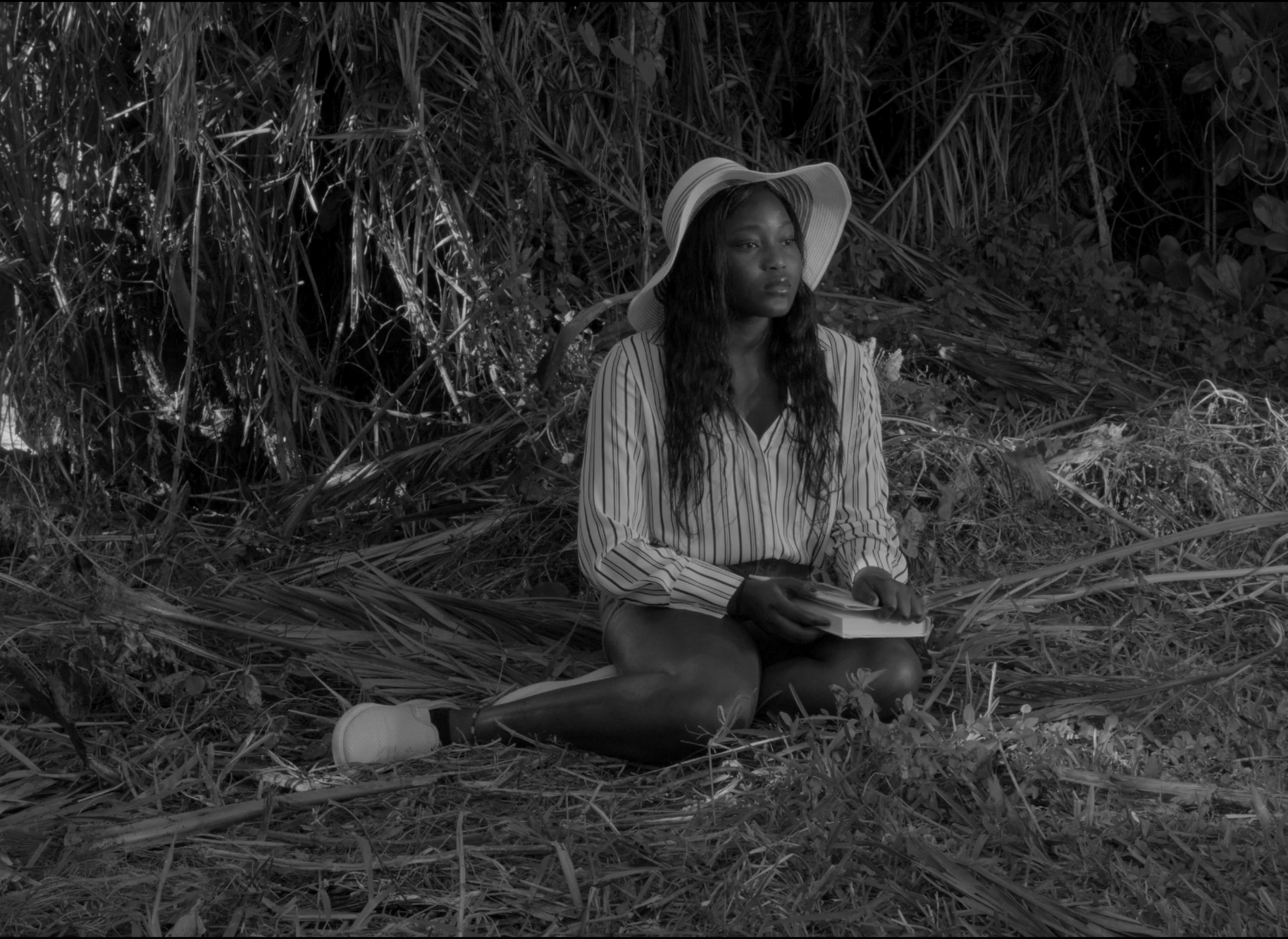
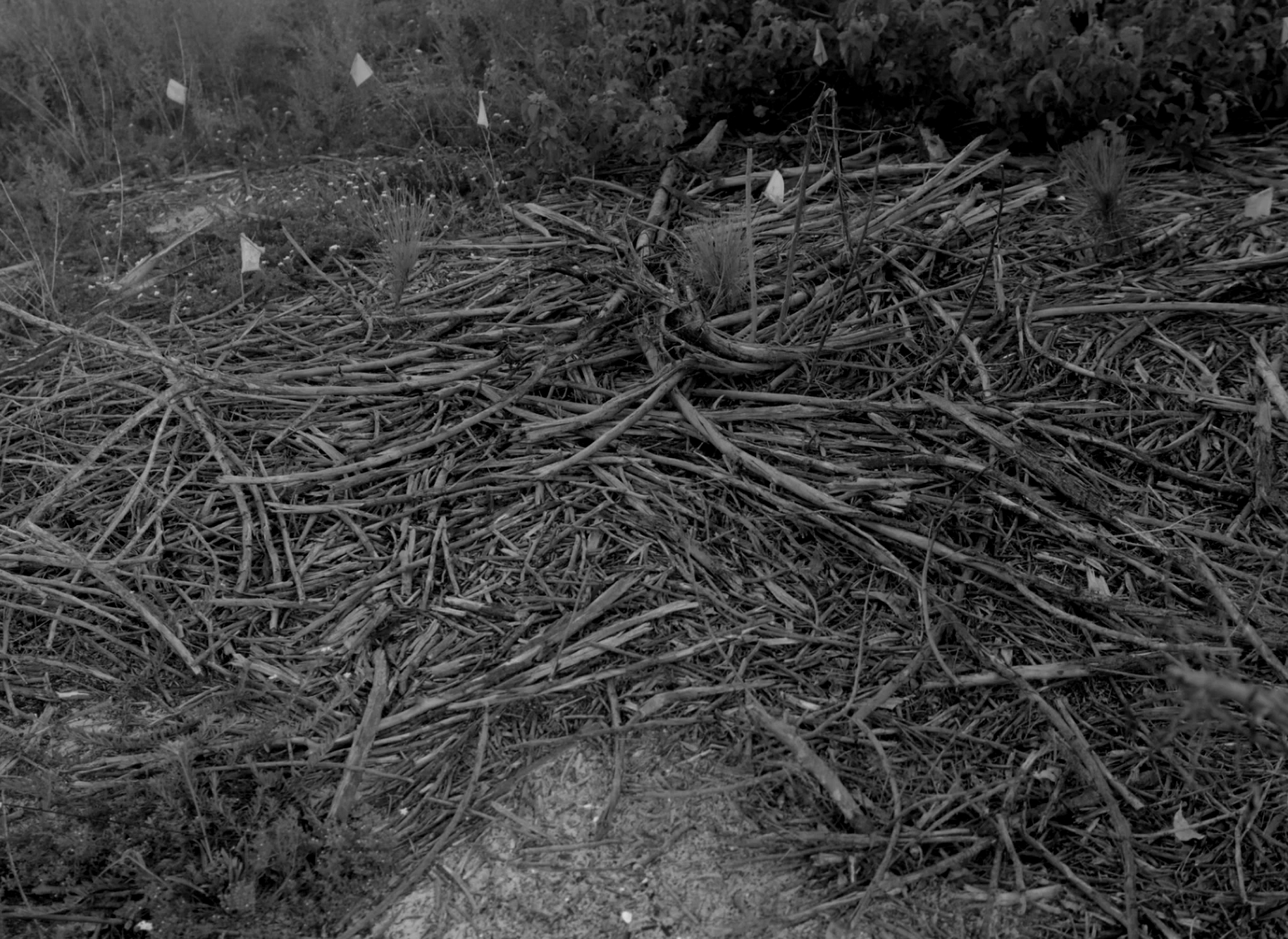

TEACHING DOCUMENTS
Click to download documents focusing on my teaching.
Curriculum Vitae
Teaching Statement
Recent Evaluations
PDF Student Portfolio
Filming Folded Island (2022) with student participants from New College of Florida. This course allowed students opportunities to collaborate with faculty research models, a principle that informs the participatory nature of my coursework.

Student Portfolio
Recent Student Film Work (Ringling College of Art/New College of Florida):
Student Experimental Videos projected on facade of library (St. Lawrence University):
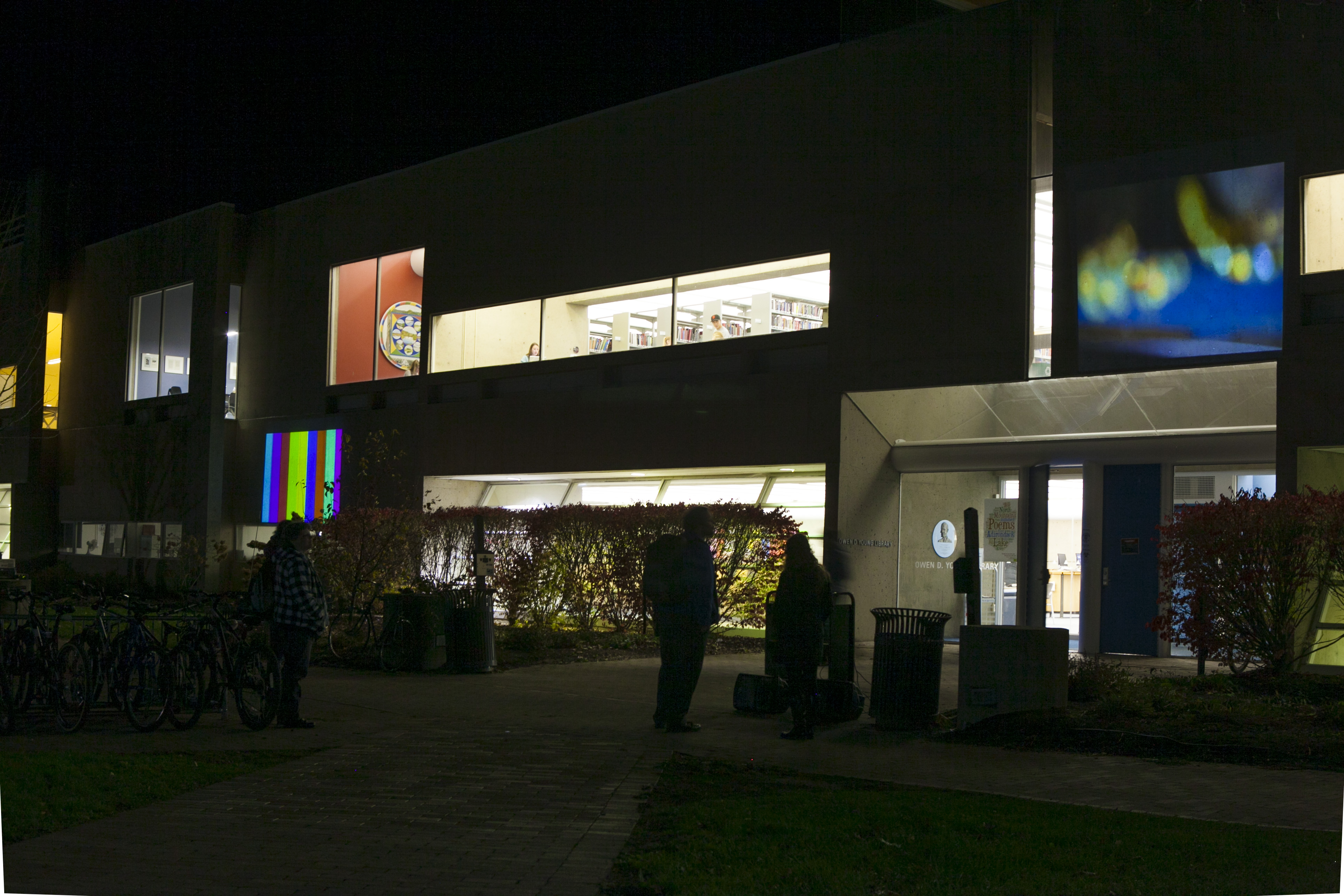


Selected Portrait and Editorial photographs (Ringling College of Art and Design):


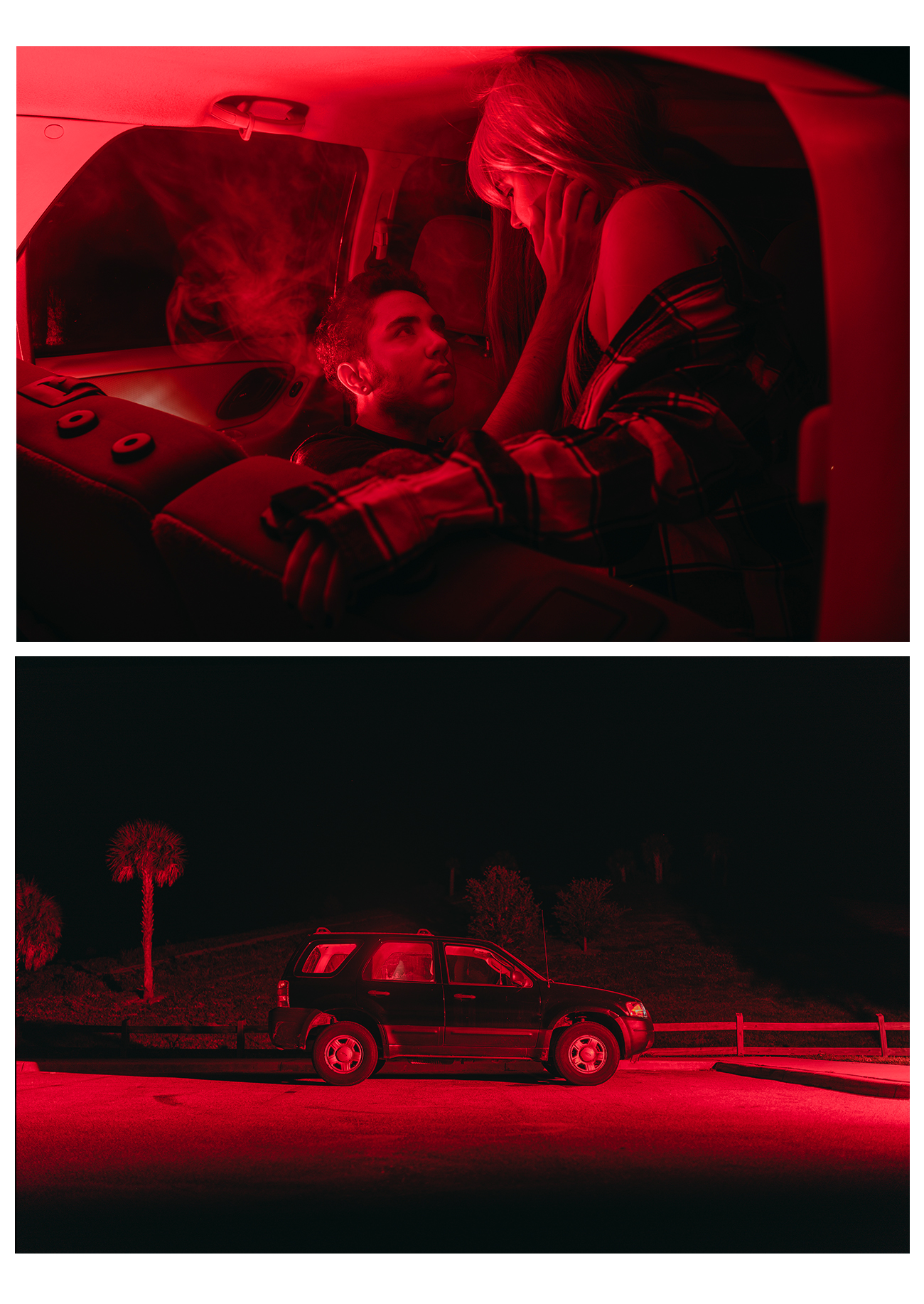

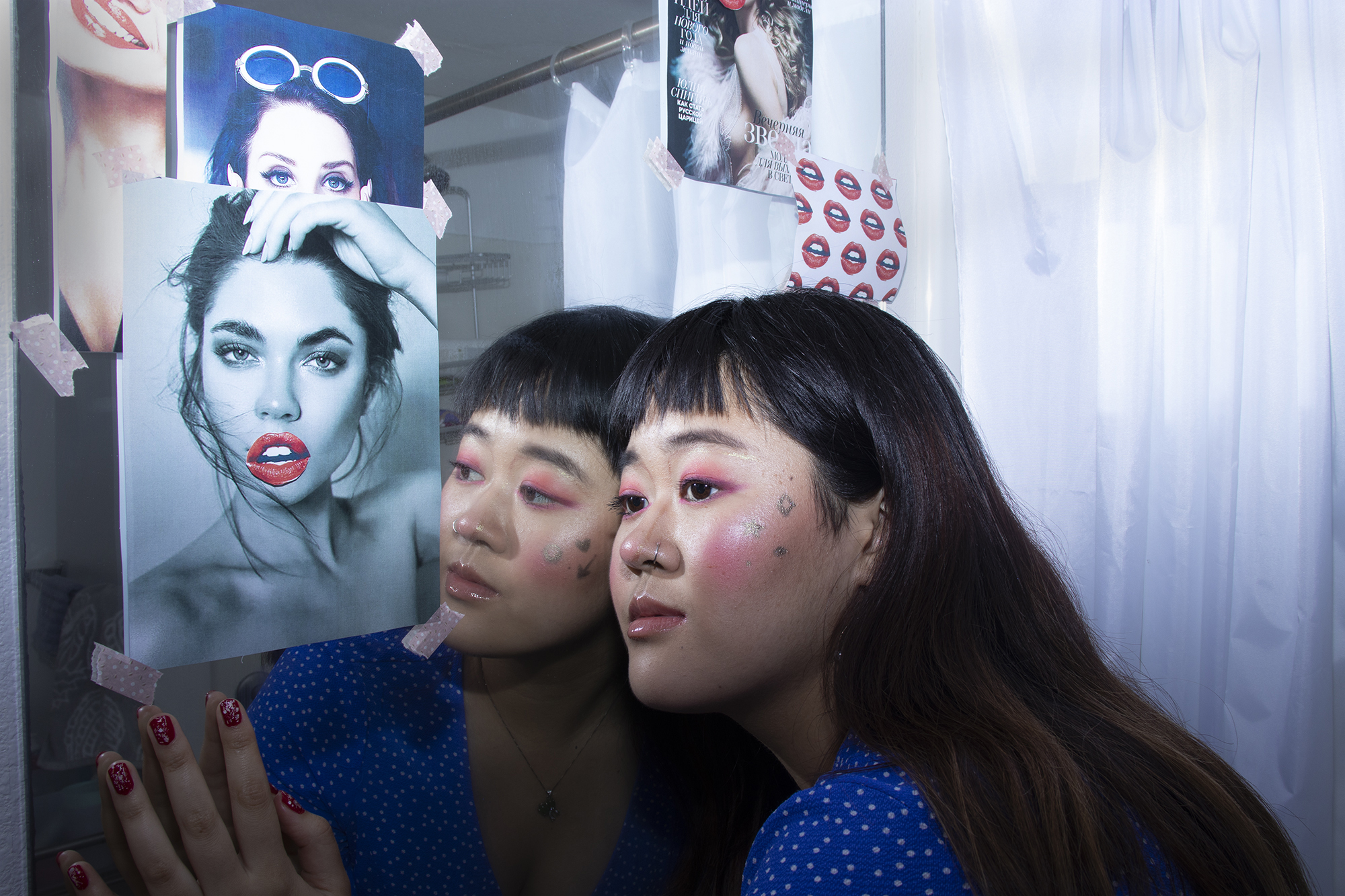

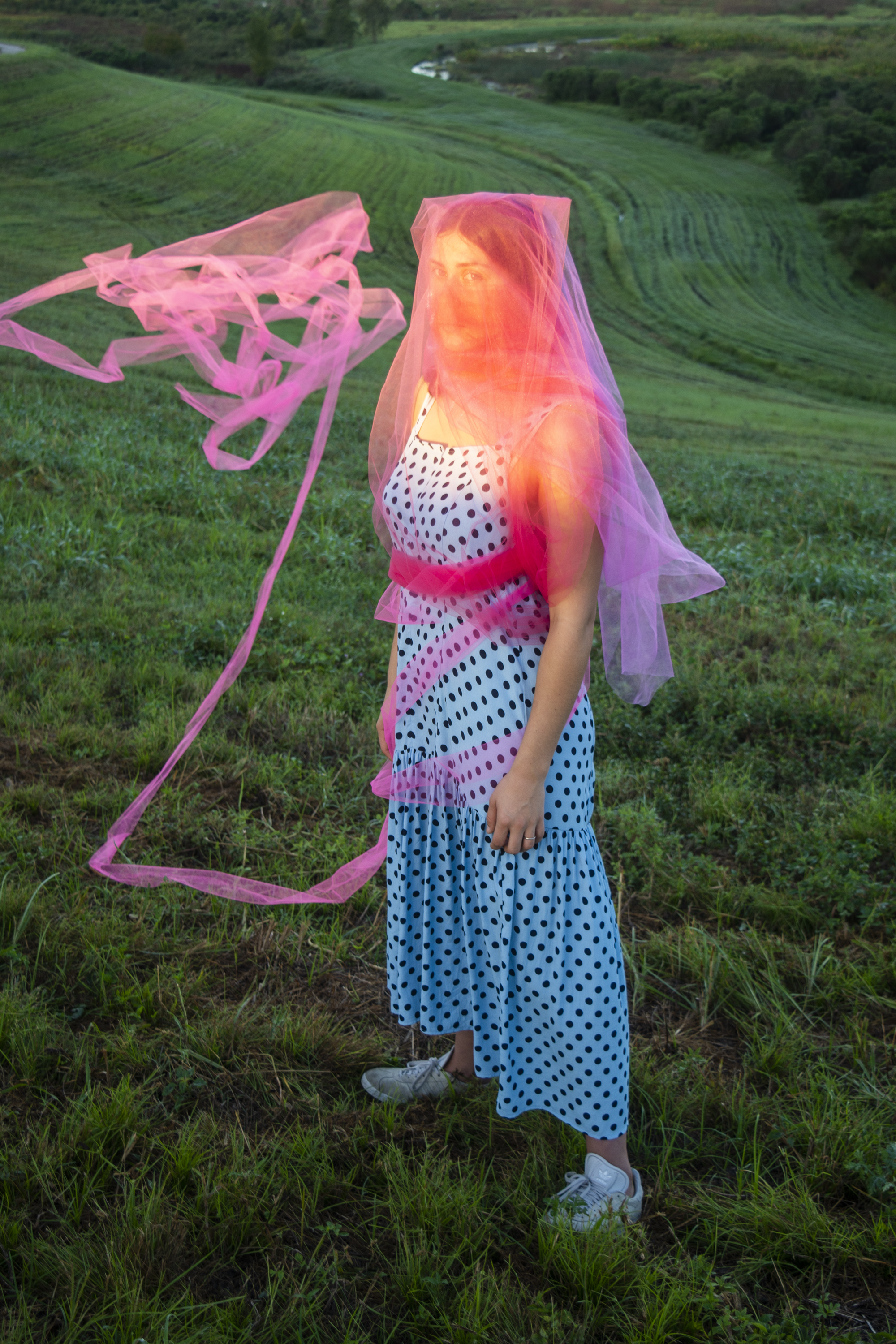


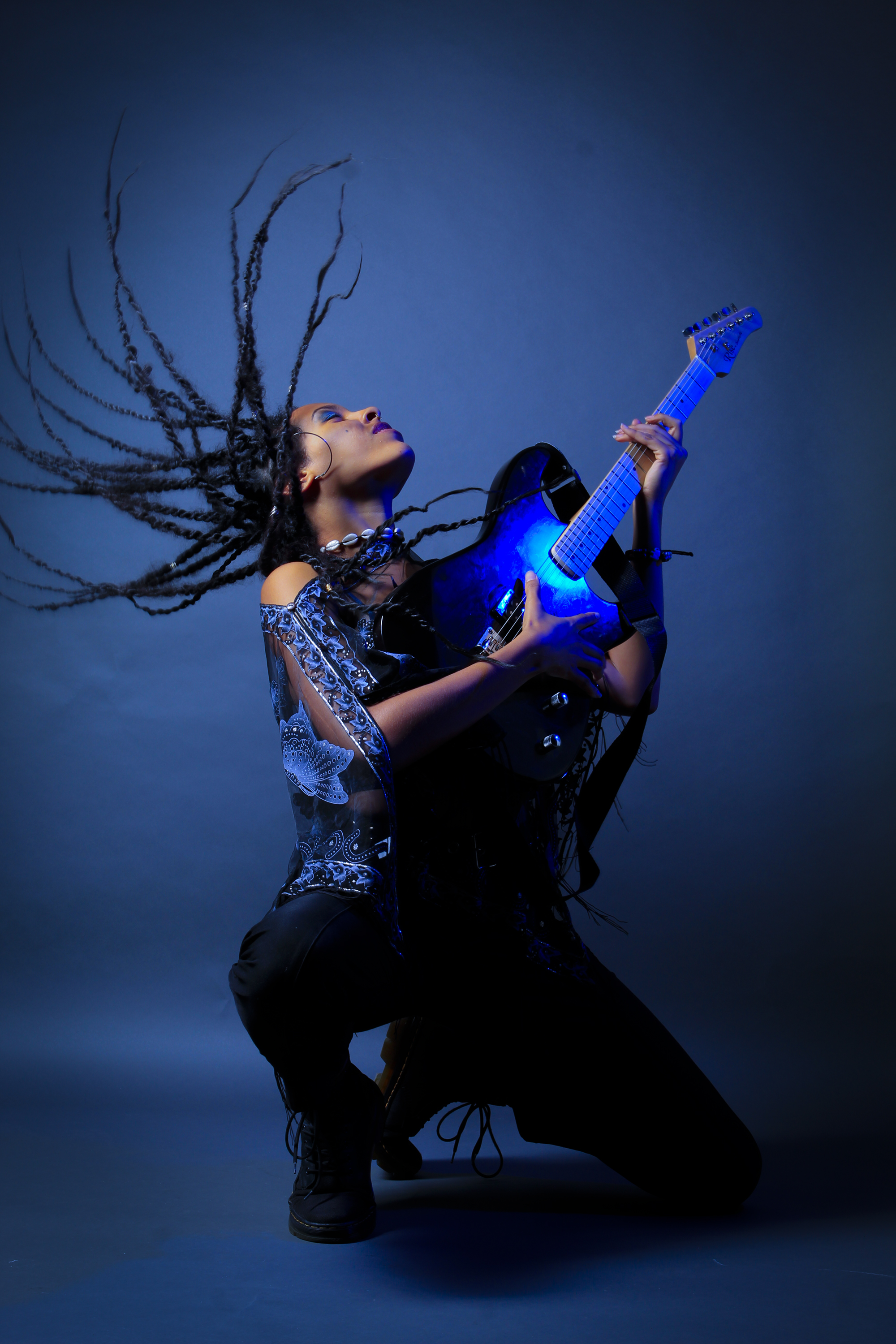
Selected images from student projects: 2007-2018.
Graduate teaching:
Monica Martinez-Diaz MFA Thesis (New Mexico State University) https://www.monica-martinez.com/
Jordan Marty MFA Thesis project (University of Florida): http://www.jordanmarty.com/

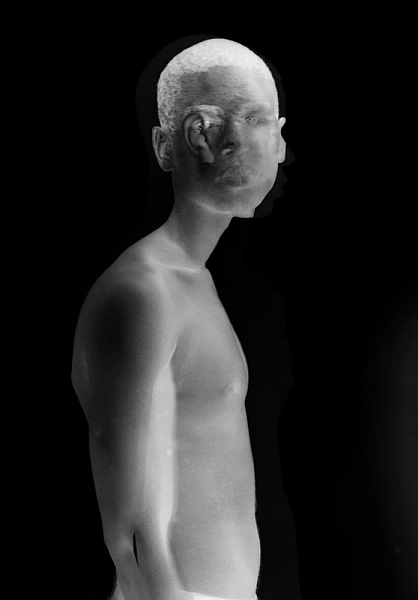
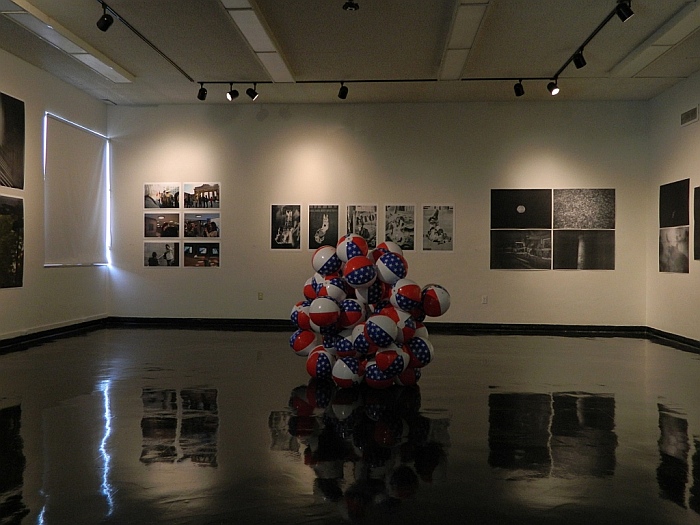
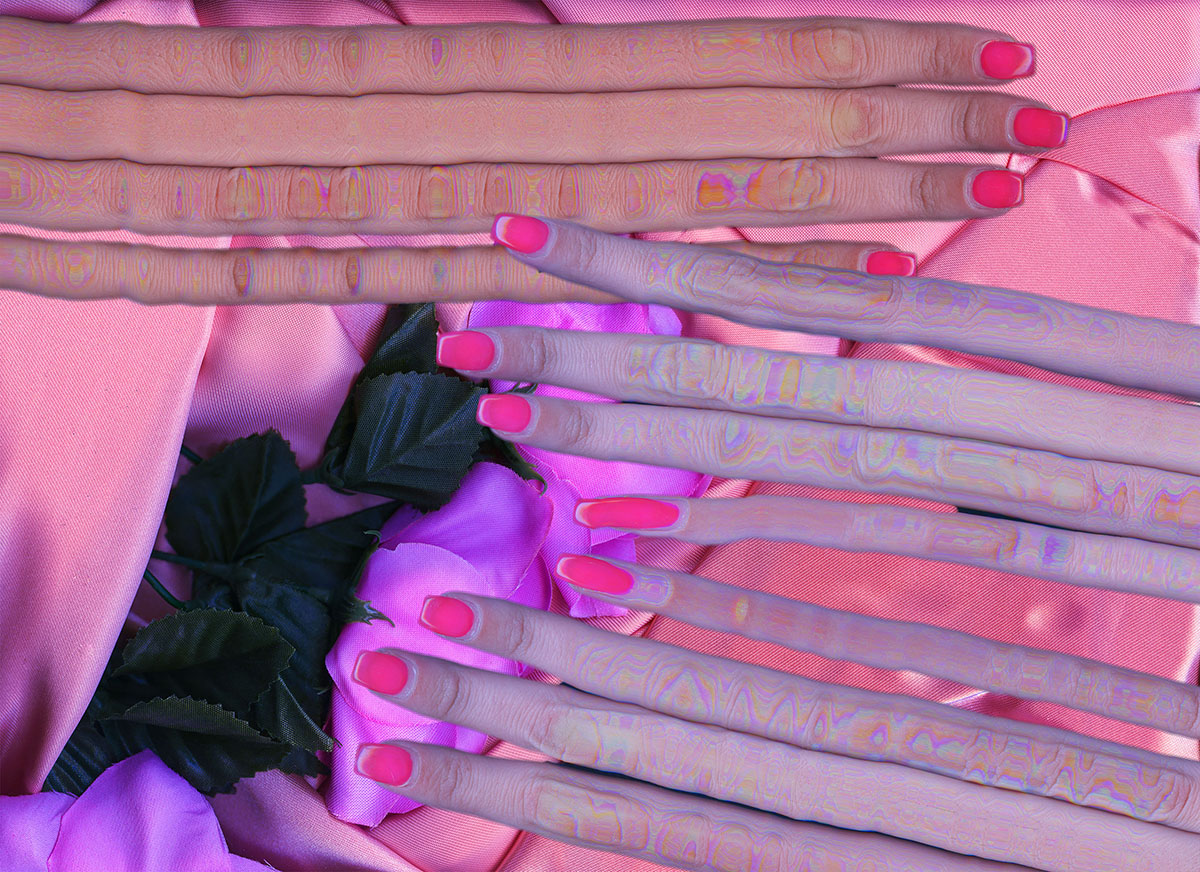
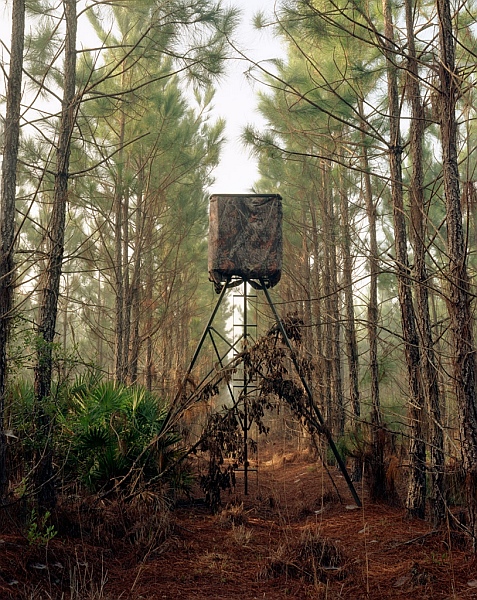
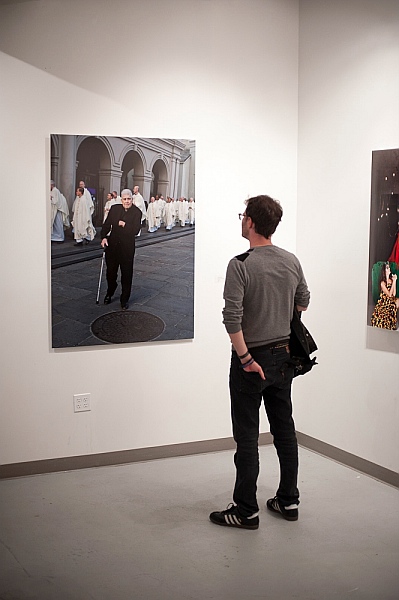


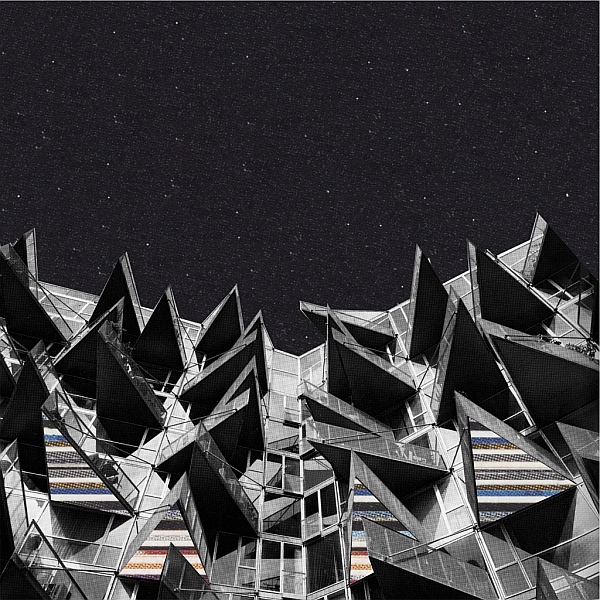


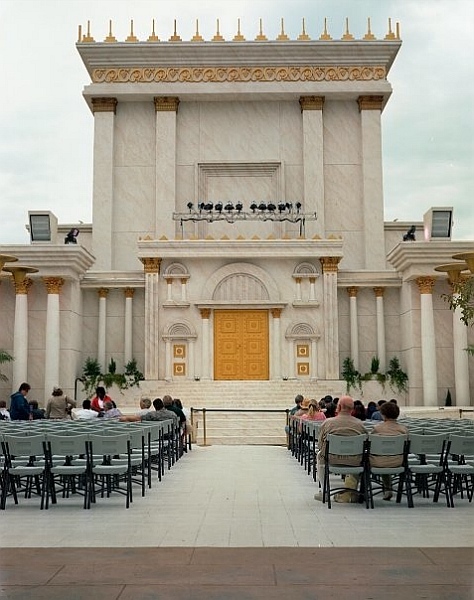
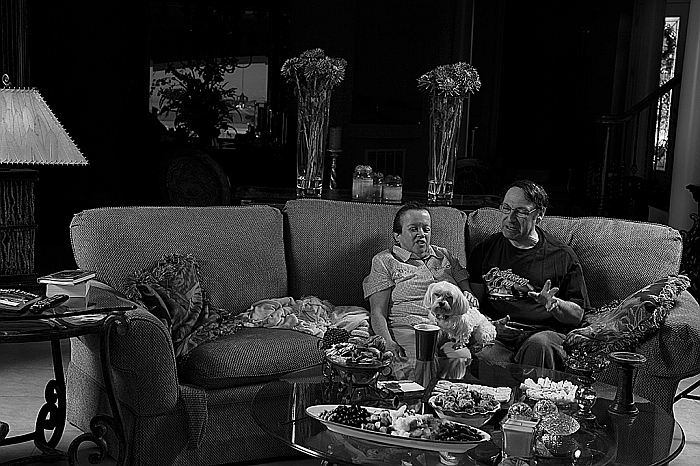
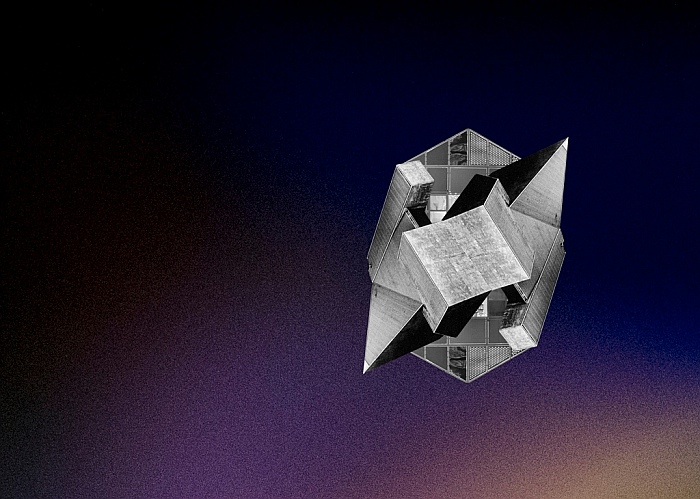



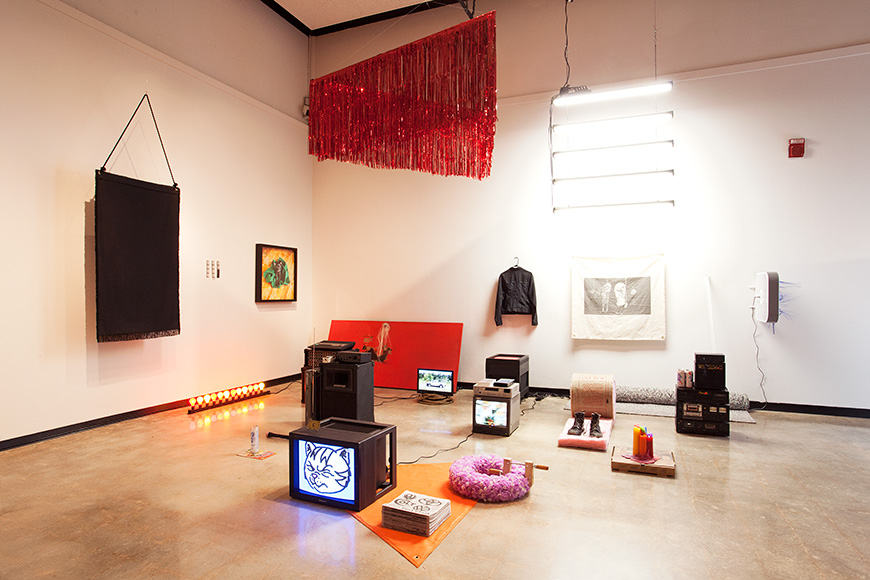
FEVER ARCHIVE
St. Lawrence University / Spring 2014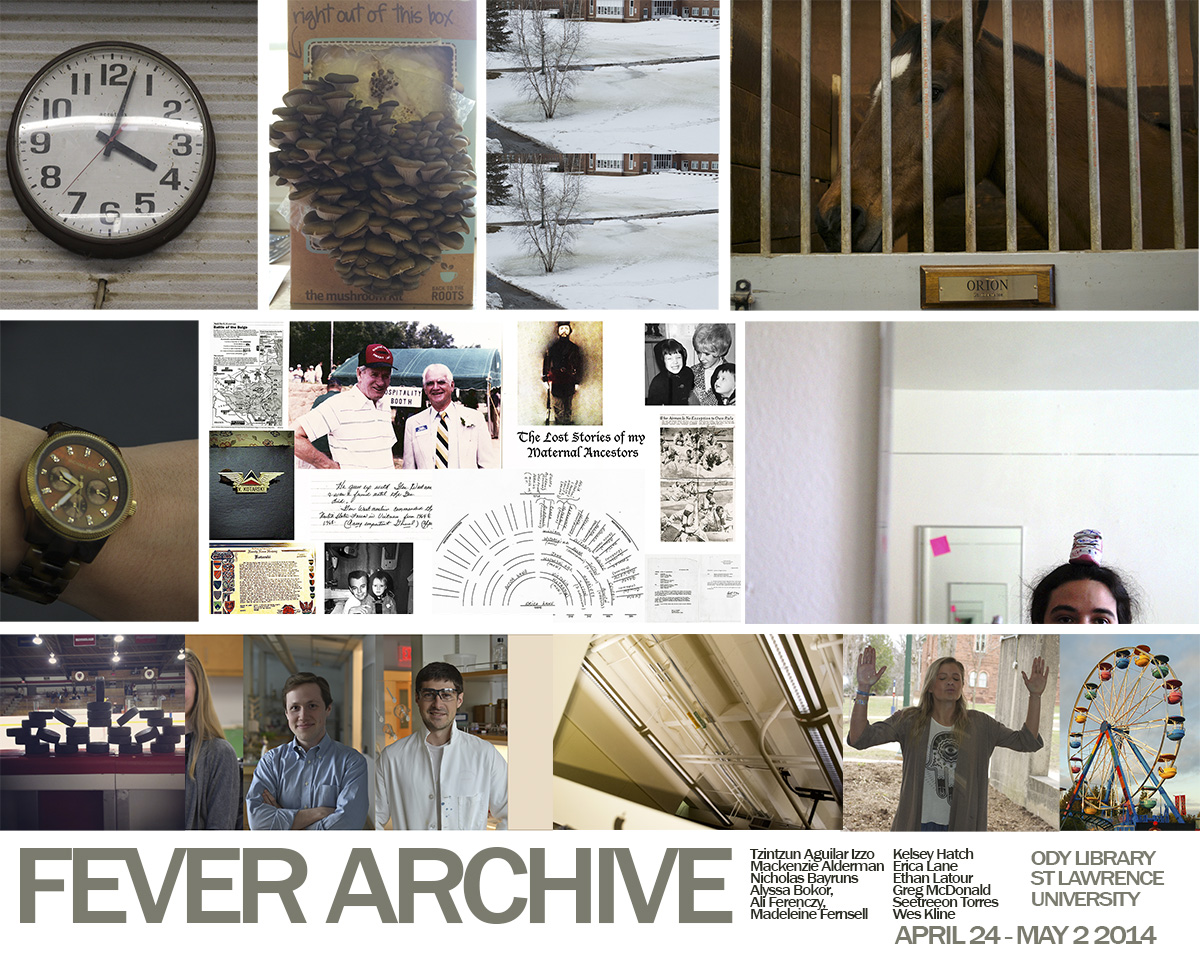
We live in a world bounded, in many ways, by the fevered drive to collect. This drive forms the clouds of data on sites such as YouTube, Flickr, Tumblr, and Google. Reversing the terms of Jacques Derrida’s text Archive Fever, “Fever Archive” will address the febrile nature of this contemporary media and knowledge production, getting at the “fever” at the center of the archival impulse. We will examine and inhabit archives and special collections both on and off campus, looking for ways to use and subvert the form of the archive in our own experimental art production.
Over the course of the semester, participants will collaboratively create a group exhibition titled “Fever Archive,” which will be a collection of art (and non-art) materials, videos, documents, performances, films, repetitions, loops, activities, diagrams, models, scores, objects, and evidences, which will shift the concept of the exhibition from the production of a traditional artwork into the production of reality. Participants from every discipline are welcome in the course, including students with a background in theater, music, film, writing, art, history and the sciences. The course will include studio-based projects, personal writing, and a cumulative exhibition of art work produced in the course.
SELECTED TEXTS:
Mr. Wilson’s Cabinet of Wonder. Lawrence Weschler.
How to Do Things With Art. Dorothea von Hantelmann. JRP Ringier, 2010.
The Big Archive: Art from Bureaucracy. Sven Spieker. MIT Press, 2008.
Archive Fever: A Freudian Impression. Jacques Derrida, University of Chicago Press, 1998.
The Order of Things. Michel Foucault. Vintage, 1994.
SELECTED ARTISTS
Kenneth Goldsmith
Bruce McLean
Thomas Hirschorn
Sam Durant
Tacita Dean
Atlas Group
Johan Grimonprez
Fiona Tan
Joseph Cornell
Akraam Zaatari
Mark Dion
Christian Boltanski
Christoph Schlingensief
STUDENT WORK
The following are some examples of student work developed as part of class and installed as part of a "Fever Archive" in the archives of the university library. Tzintzun Aguilar created an archeology of found objects and Kelsey Hatch created an archive of mushrooms, including artist zines, psychedelia memorabilia and actual mushrooms.
Tzintzun Aguilar web documentation: http://objectness.portfoliobox.me/the-nature-of-objectness

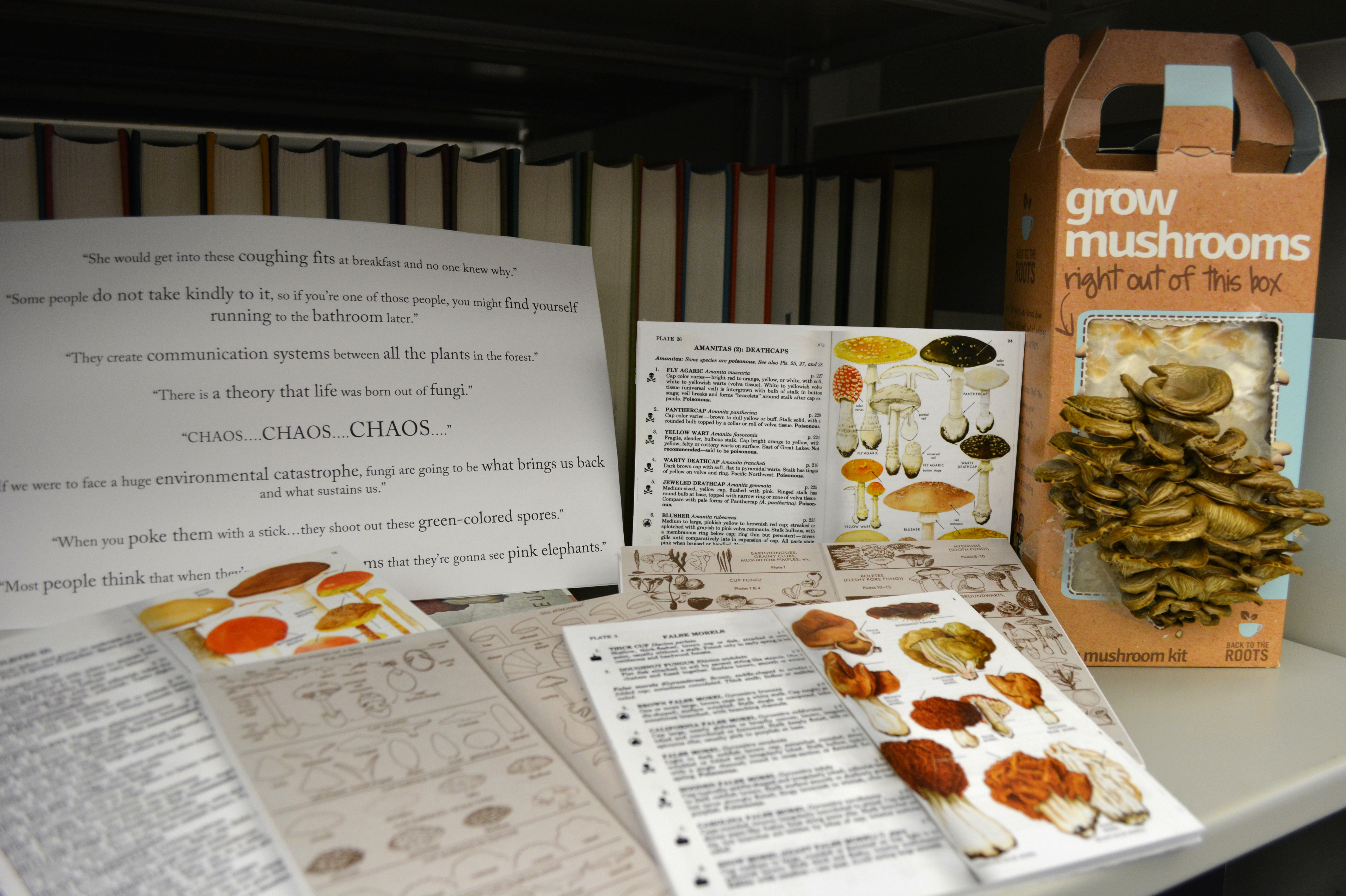

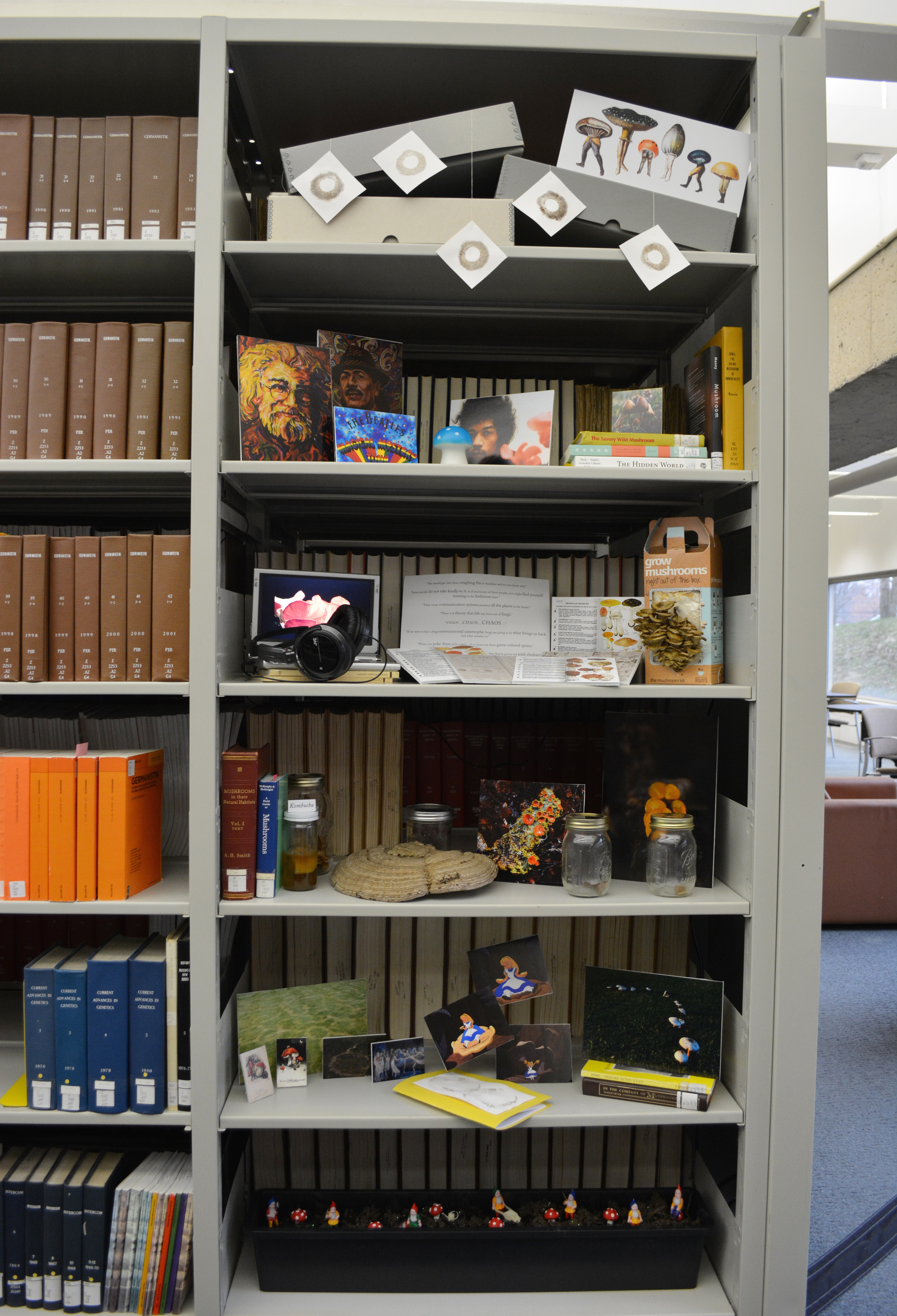
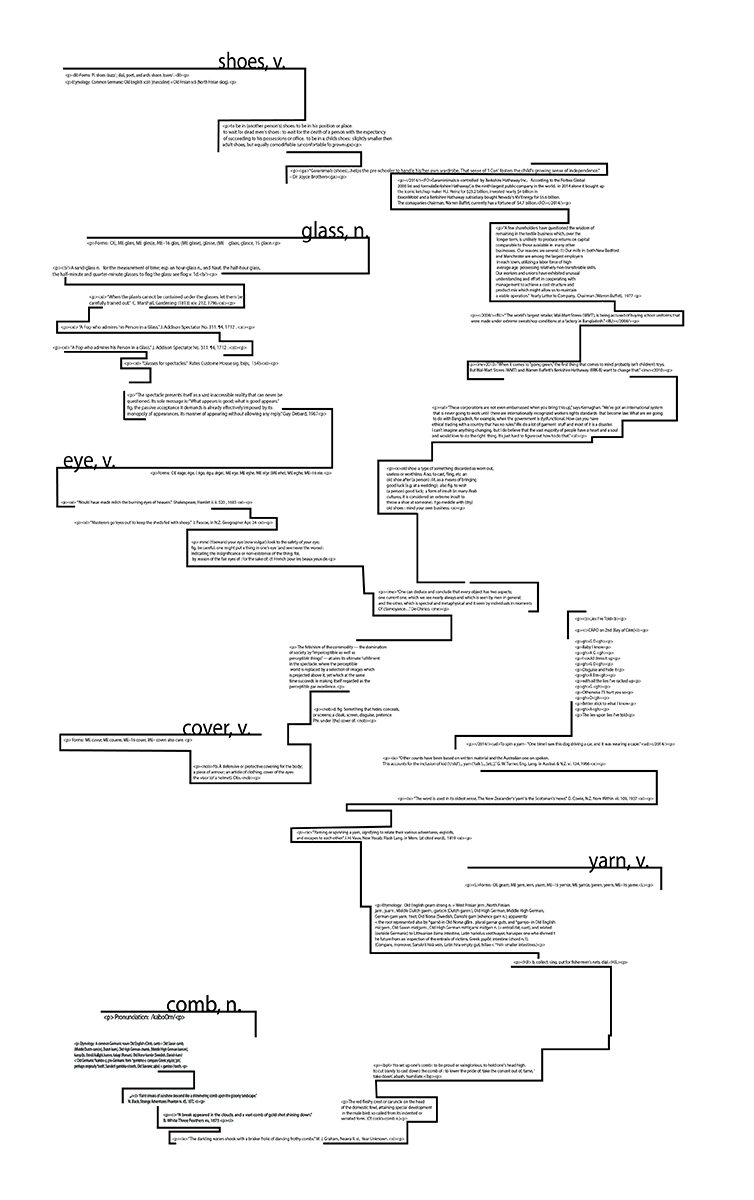
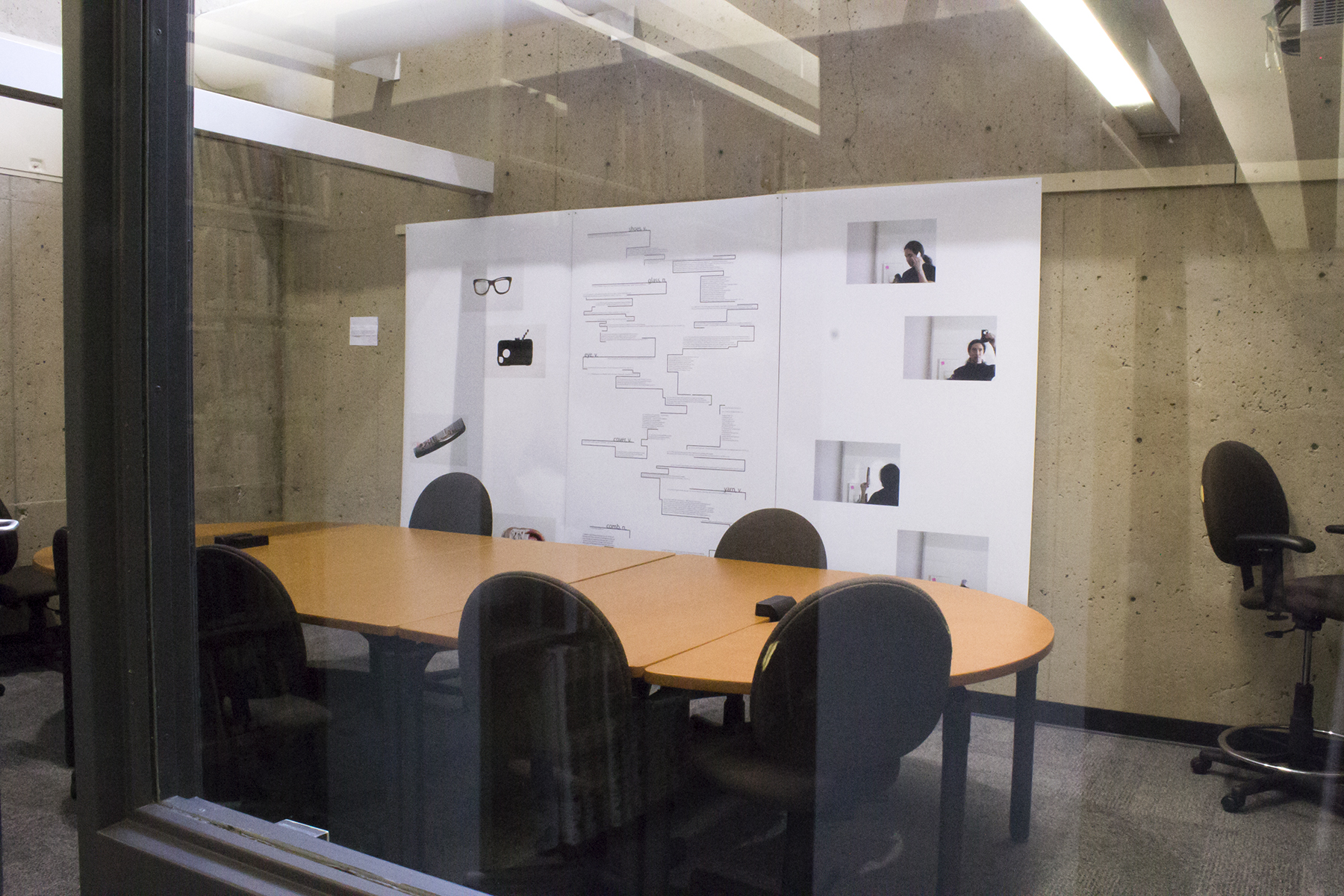

SPATIAL ECOLOGIES
New College of Florida, Fall 2019.The Mellon Grant funded course “Spatial Ecologies,” co-taught with ecologist Dr. Emily Heffernan, combined practices of ecology and visual art using an open seminar format for non-art majors. Students explored local mangrove communities in the field, using the ecological model of mangrove communities as a resource for artistic production. These experiences were then used to generate drawings, diagrams, and video art works, which were shown in a culminating exhibition at a local art center. Through this course we explored parallel concepts related to artistic, ecological and human communities, including: how we define a community and how visual art can be used to represent and embody communities. Students developed skills in video art production and editing, application of the scientific method to questions of their own design, specimen collection and curation, eco-poetics, and photography. Students were supported in their research by a public program of visiting artists, including Dr. Andrew Yang, who combined art and ecology in their practices.
